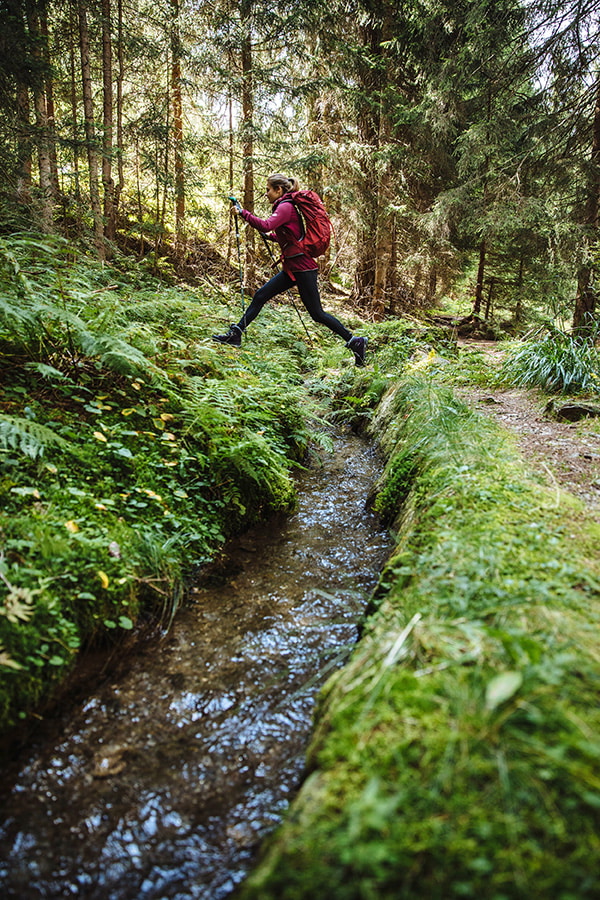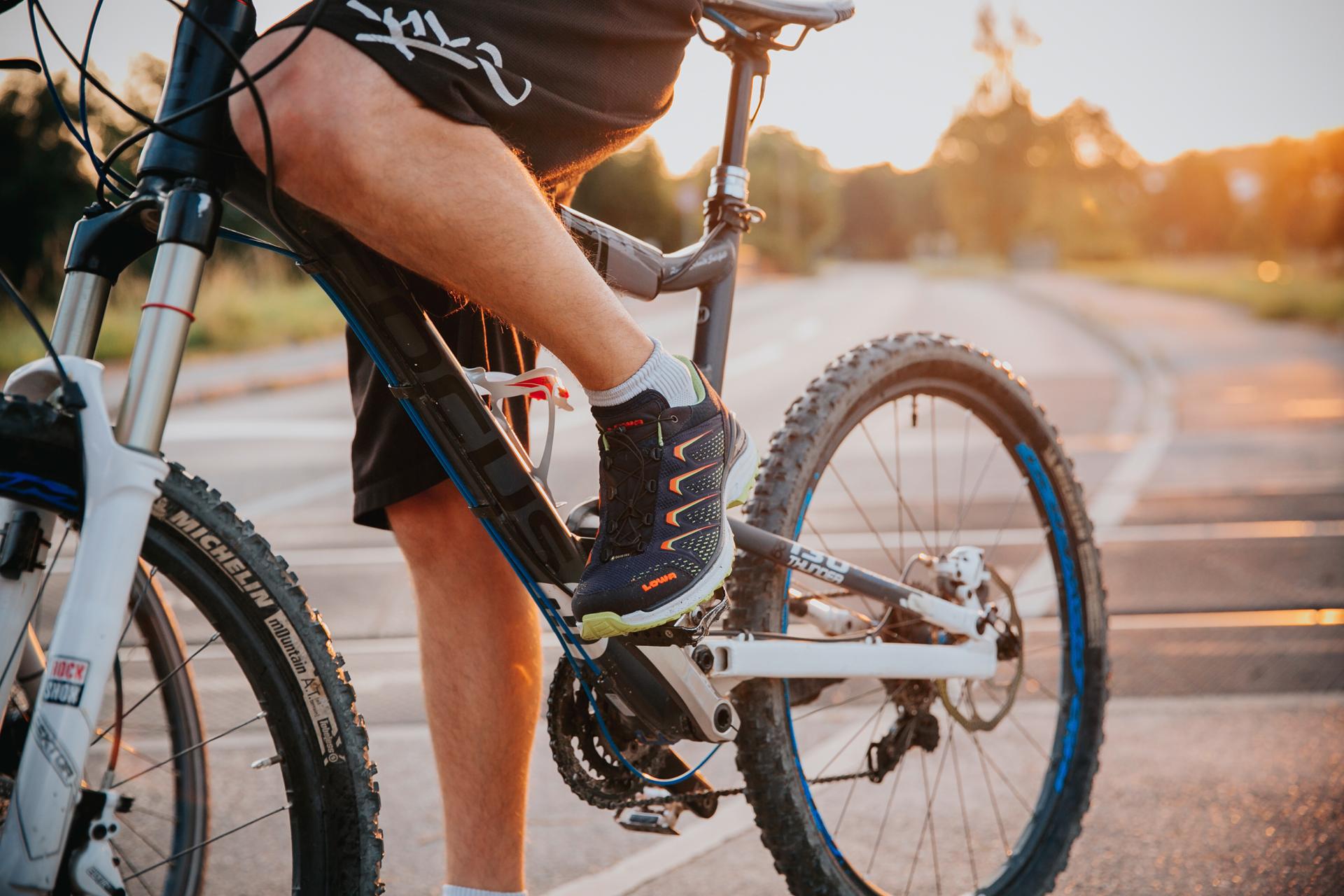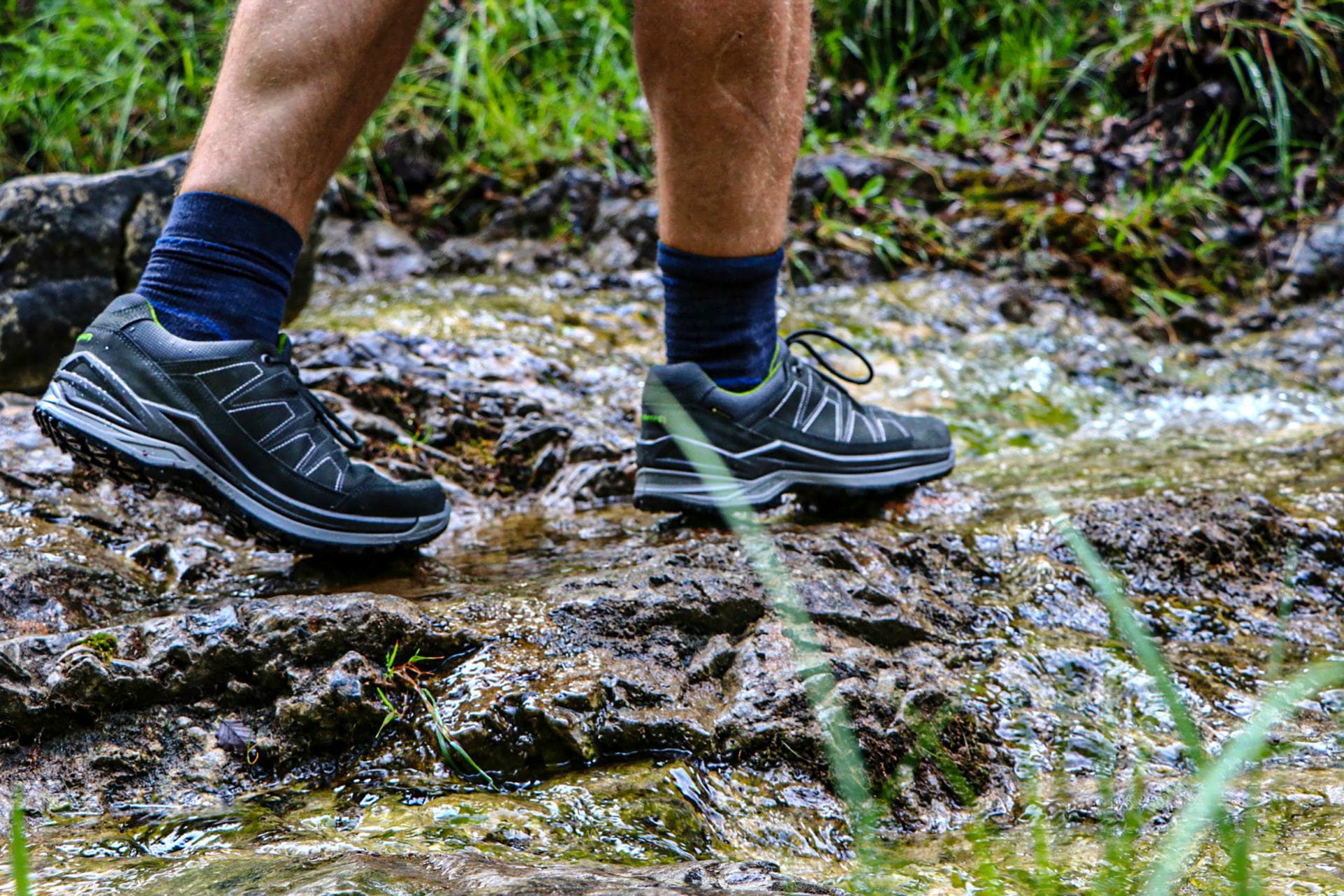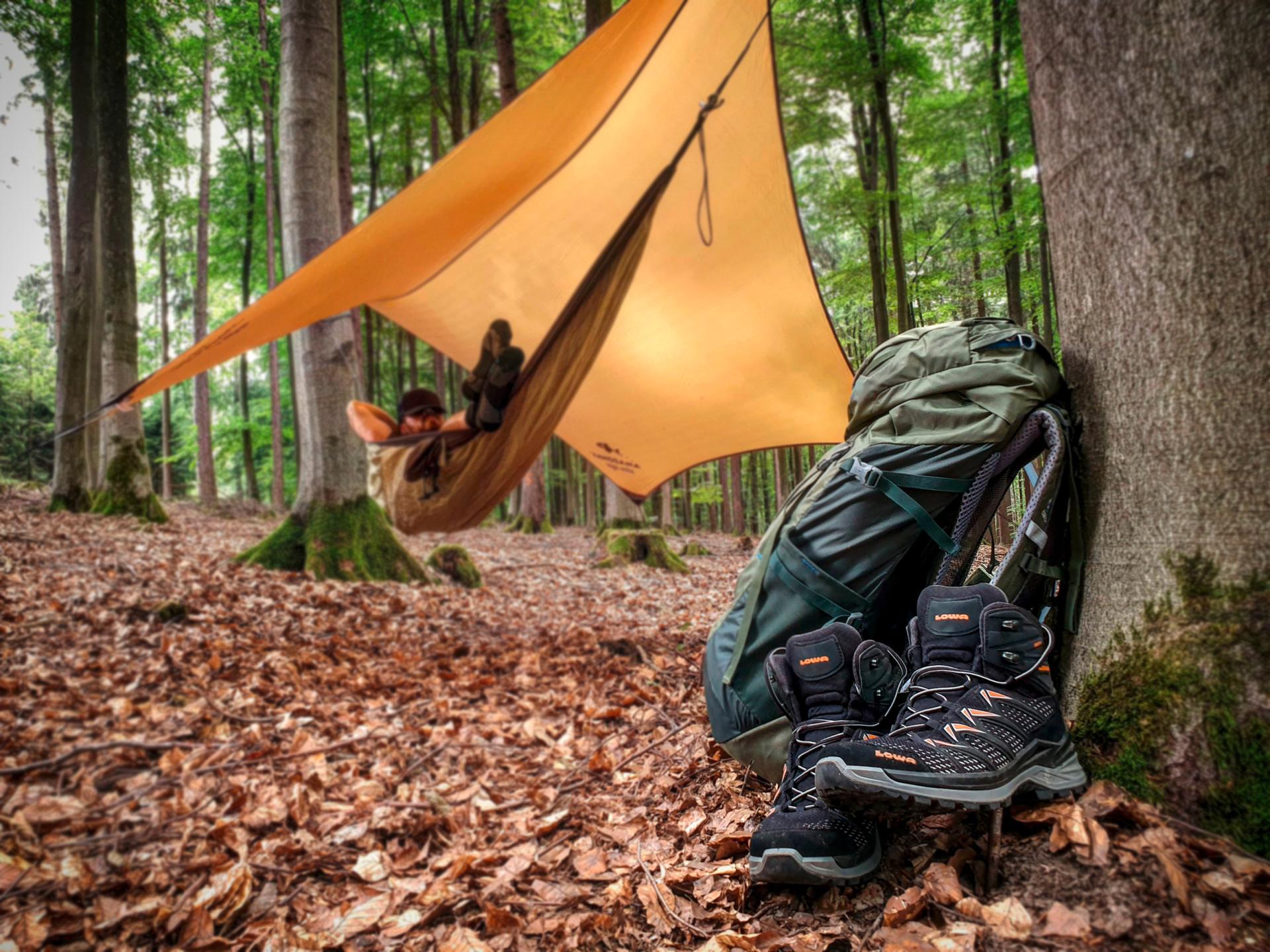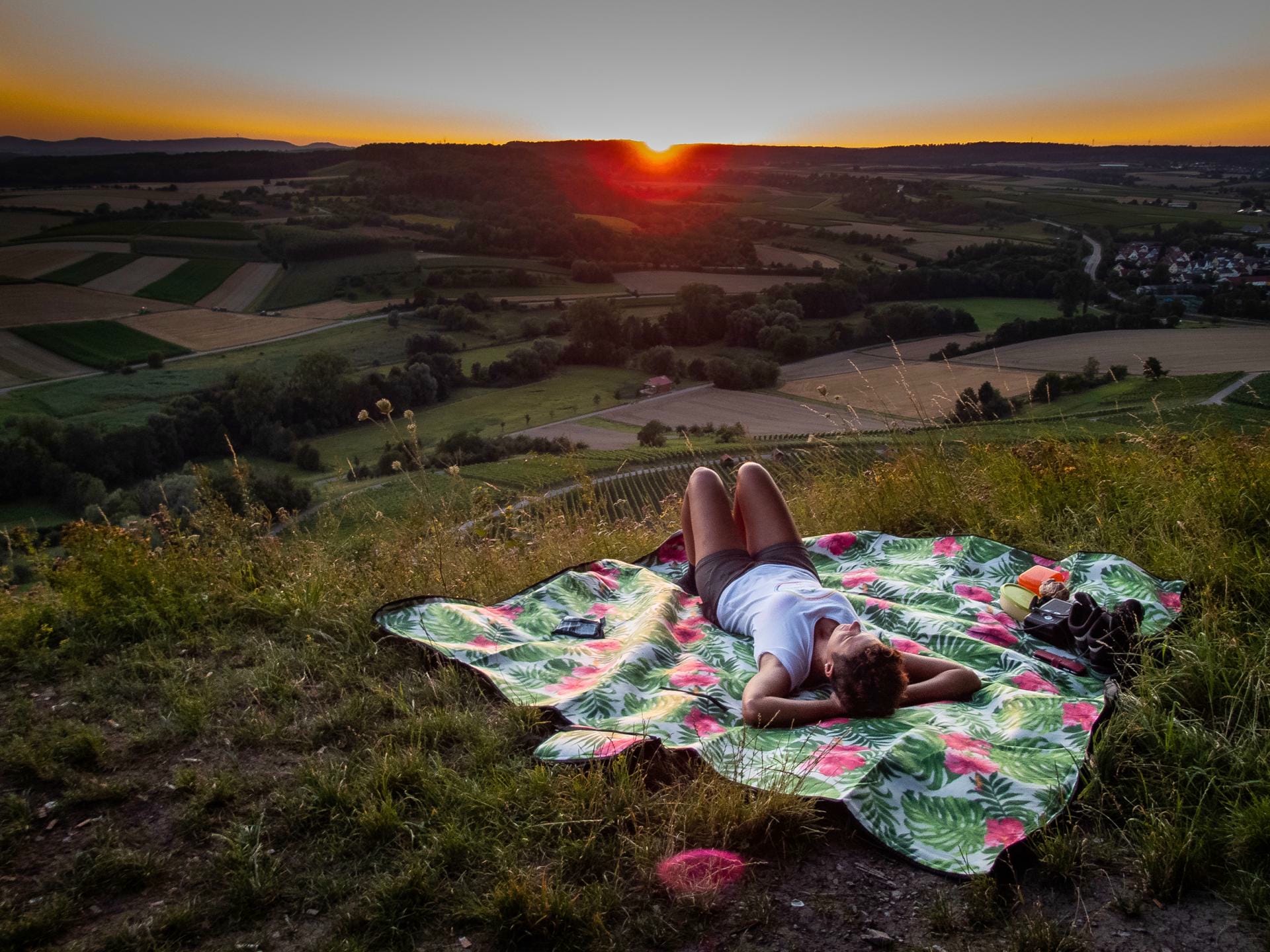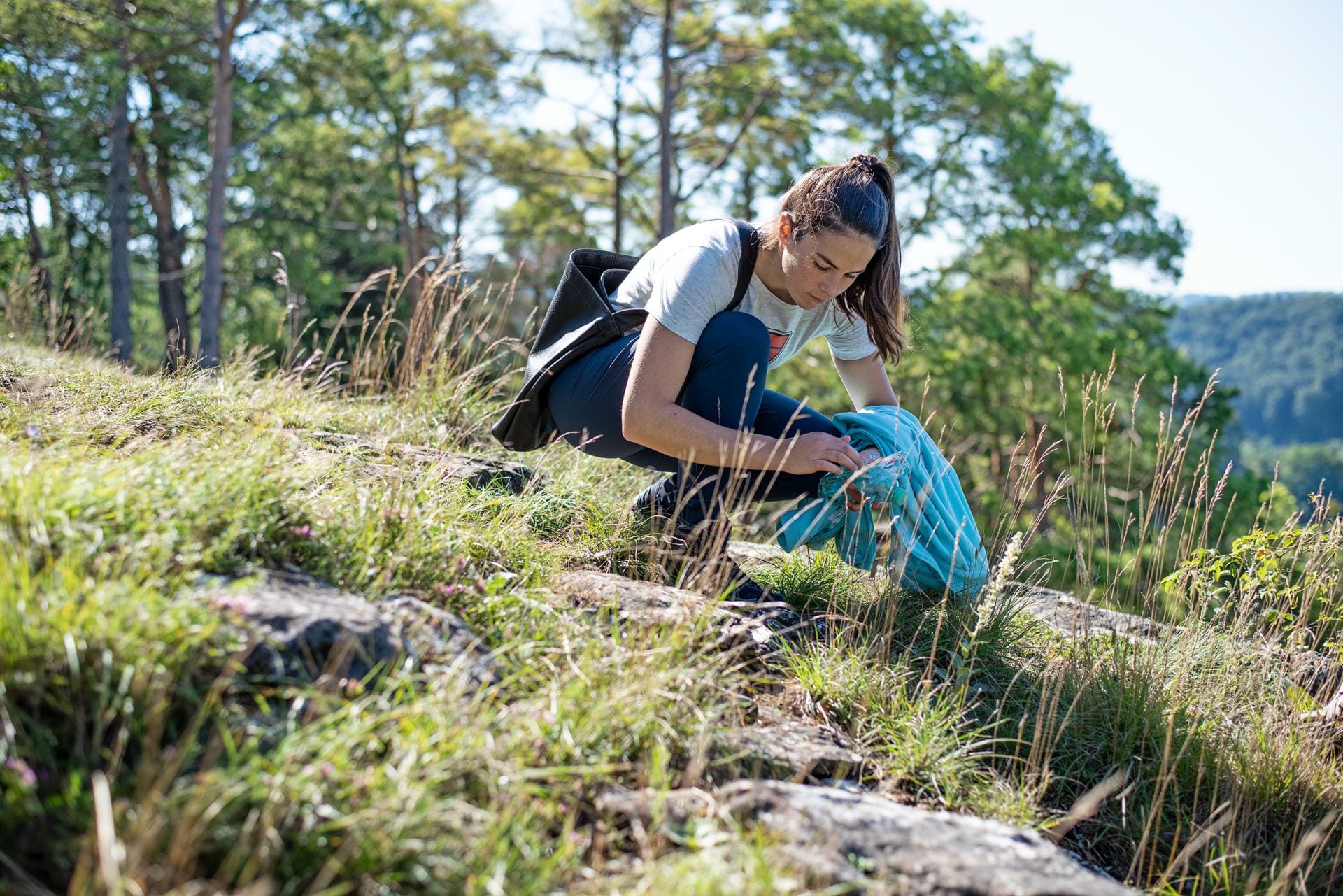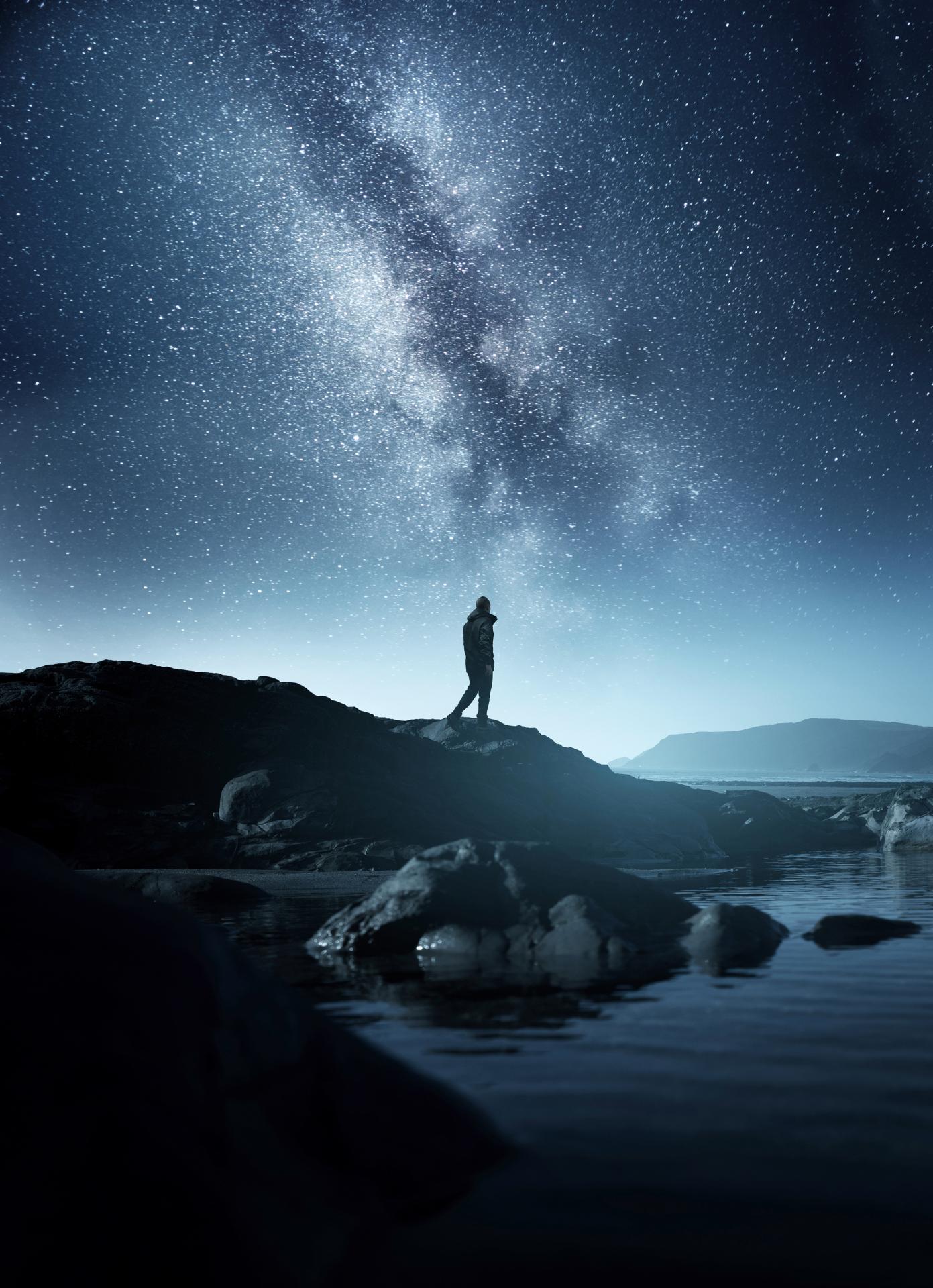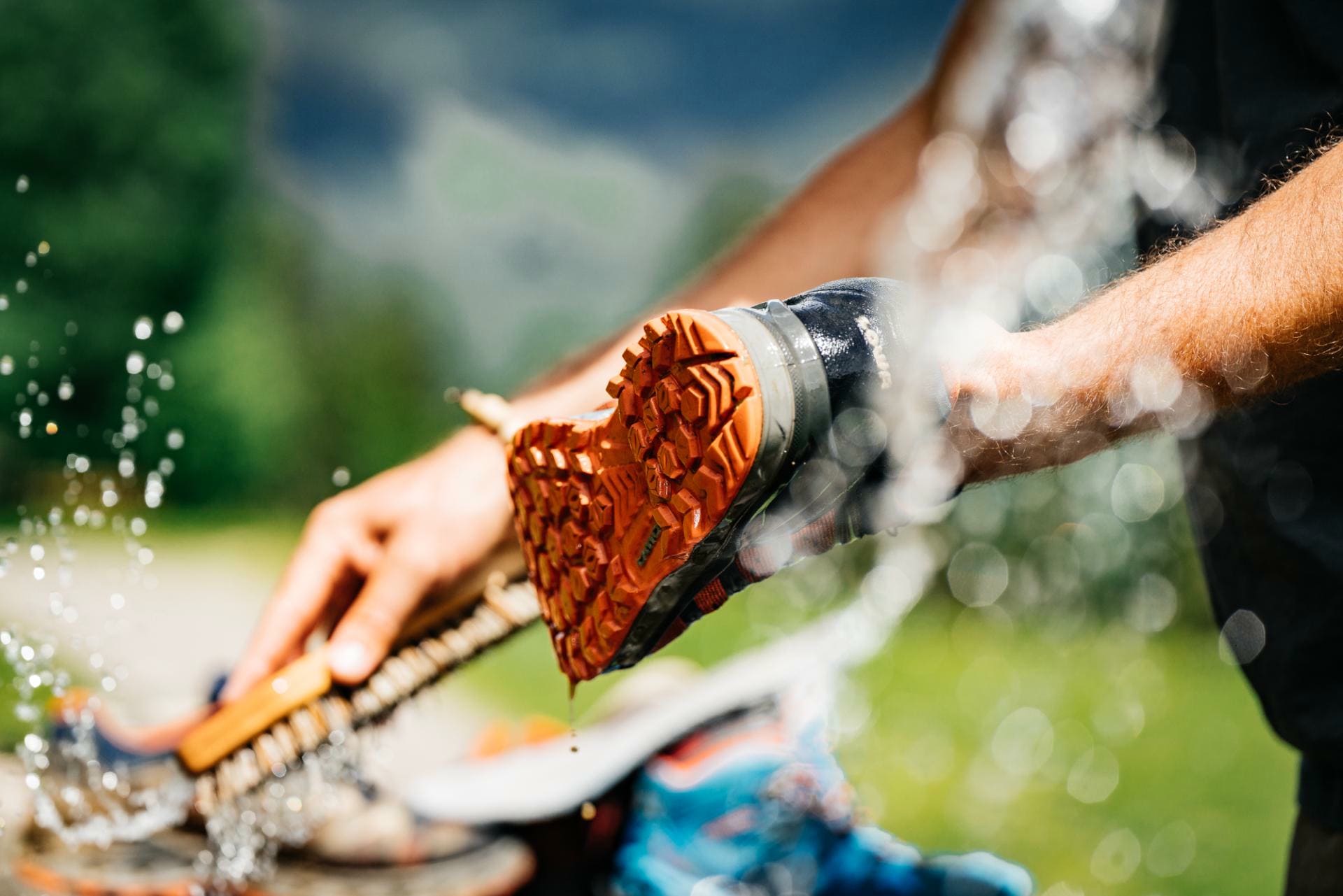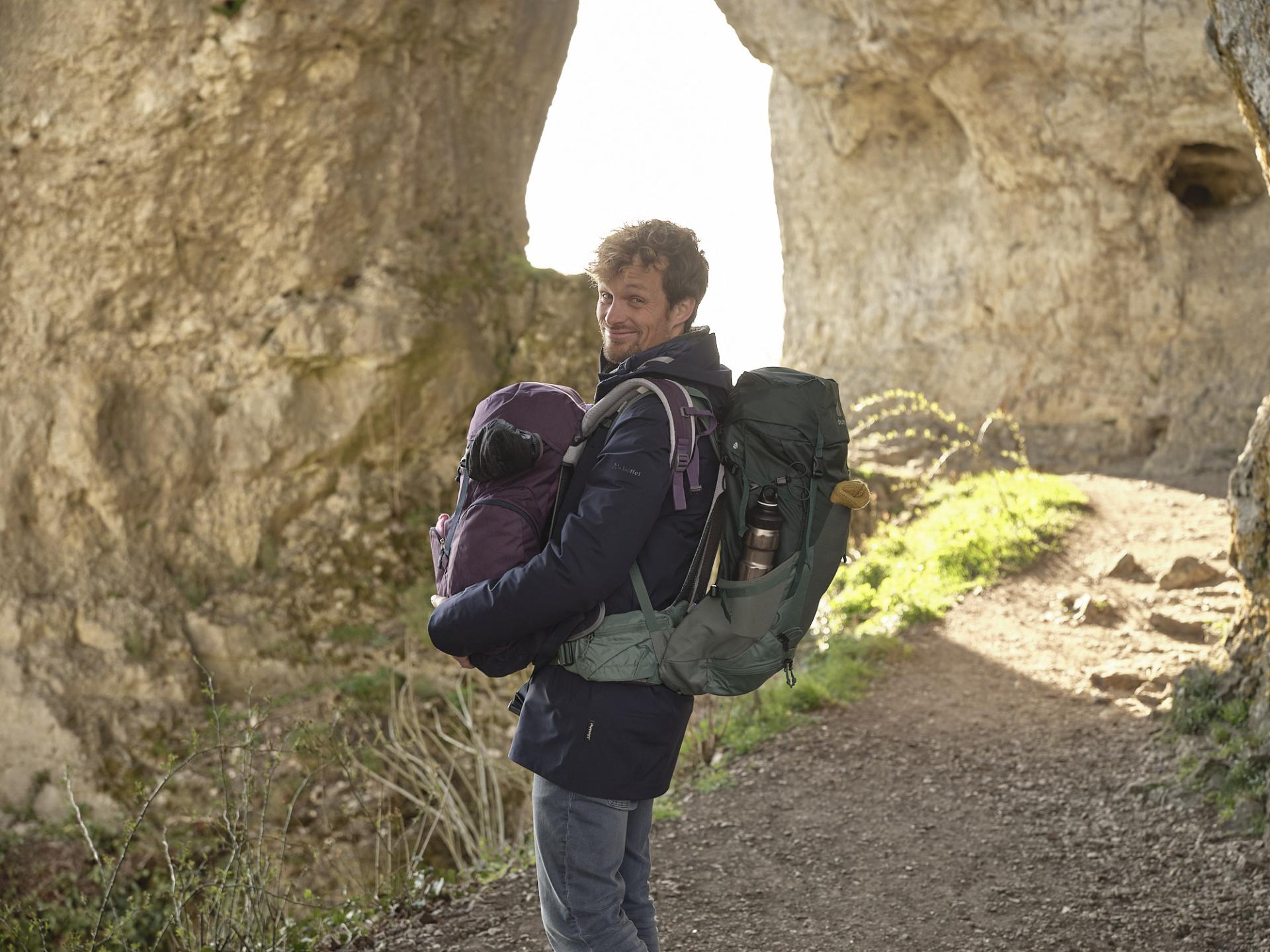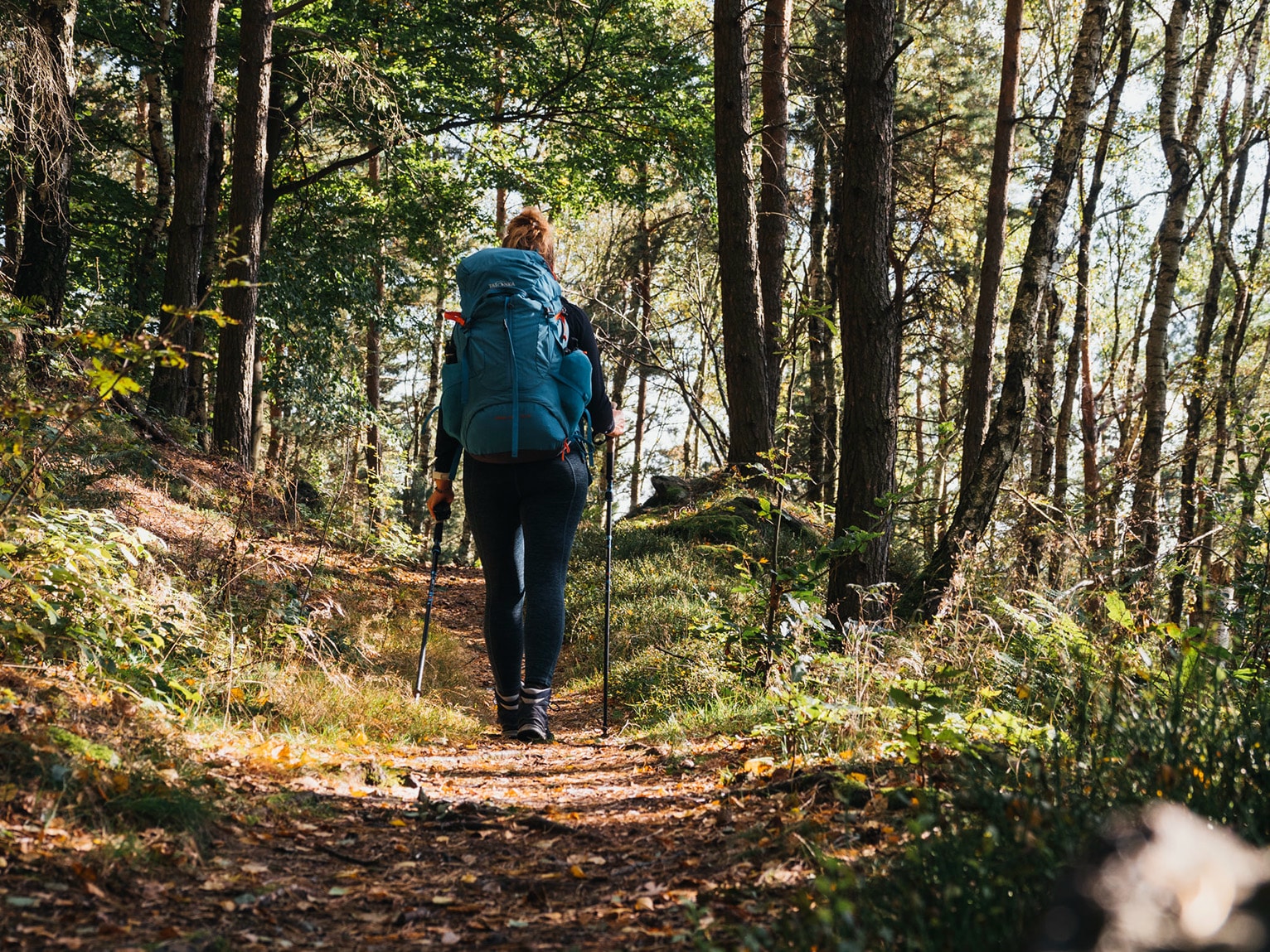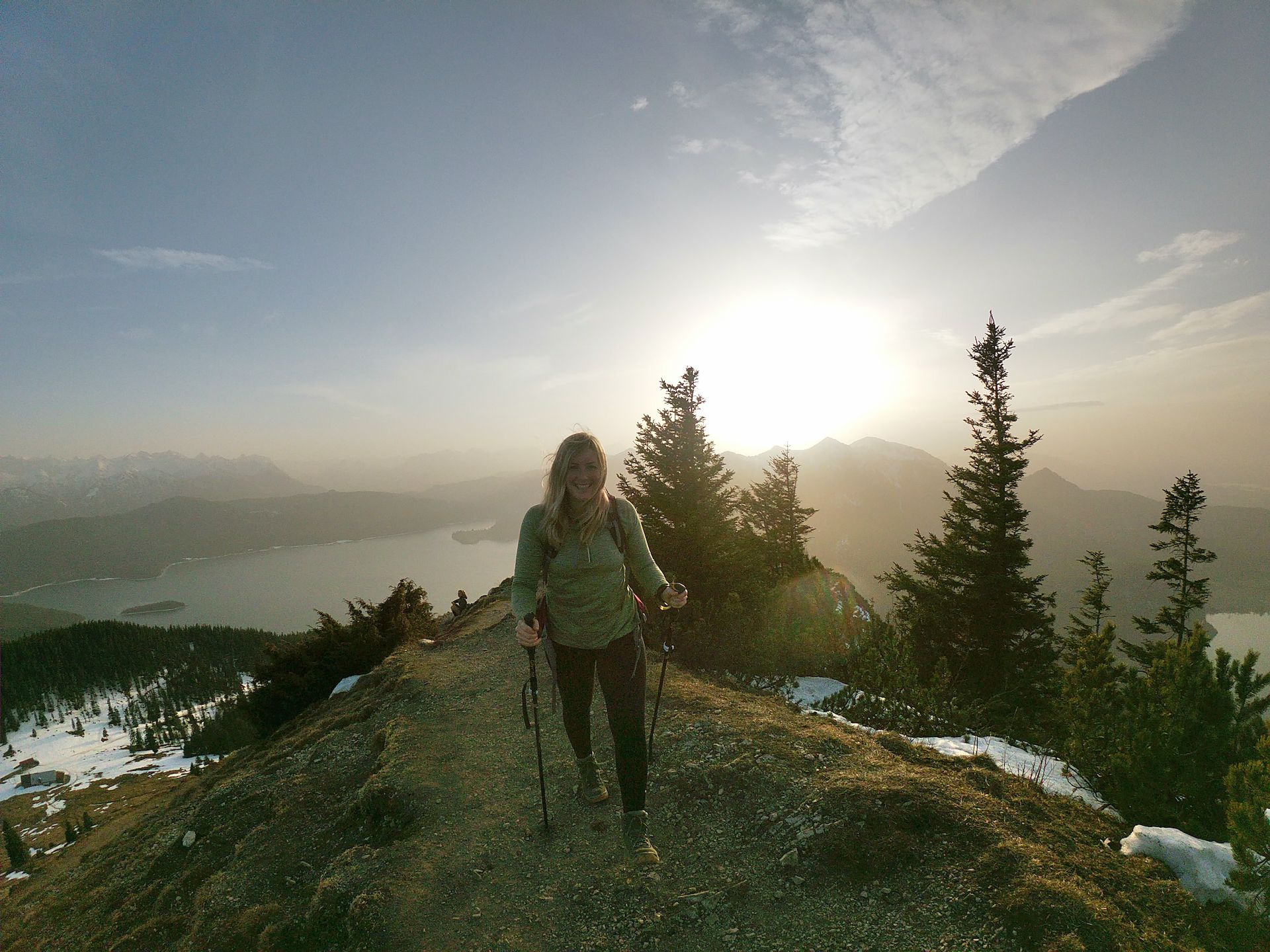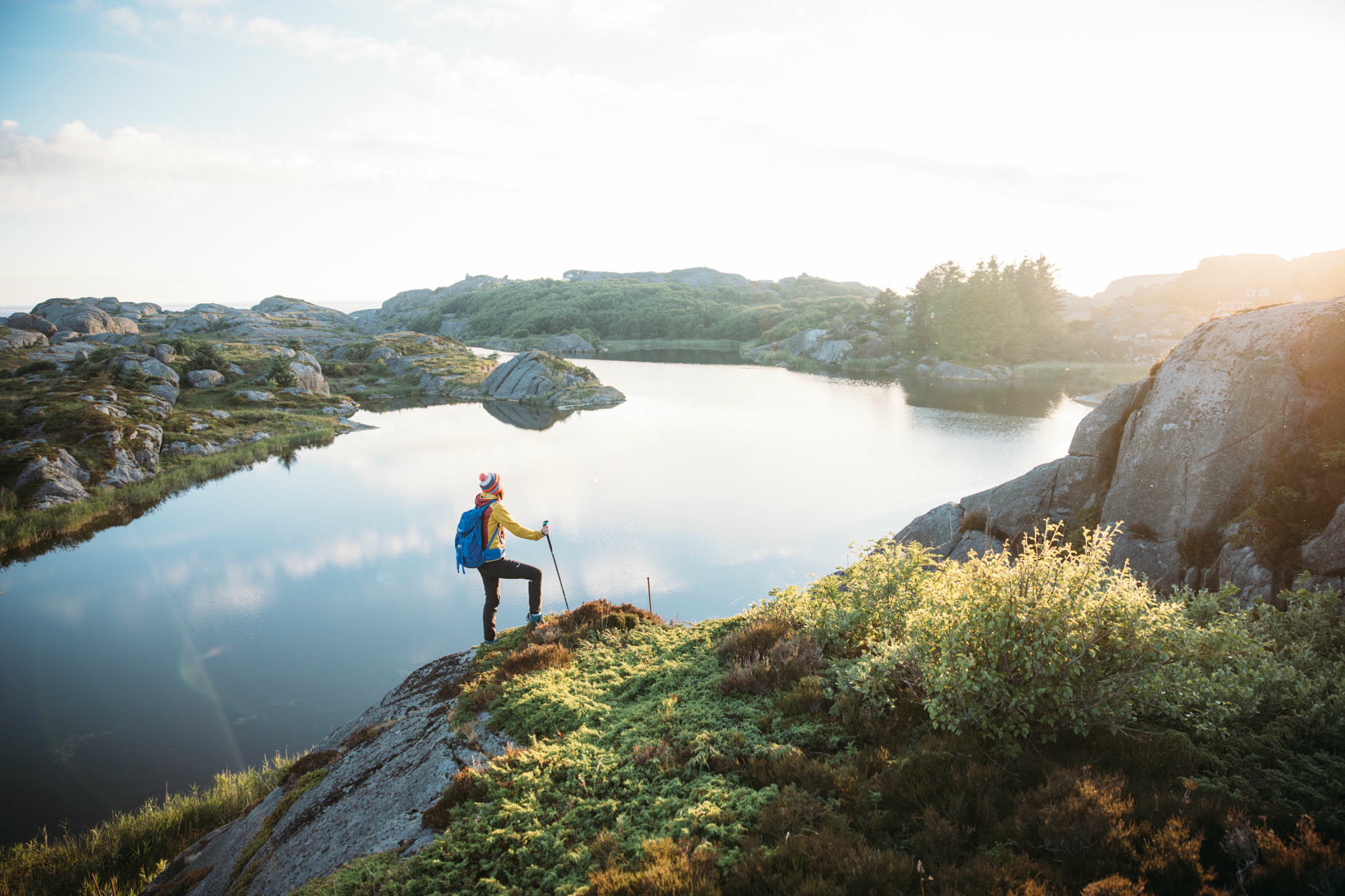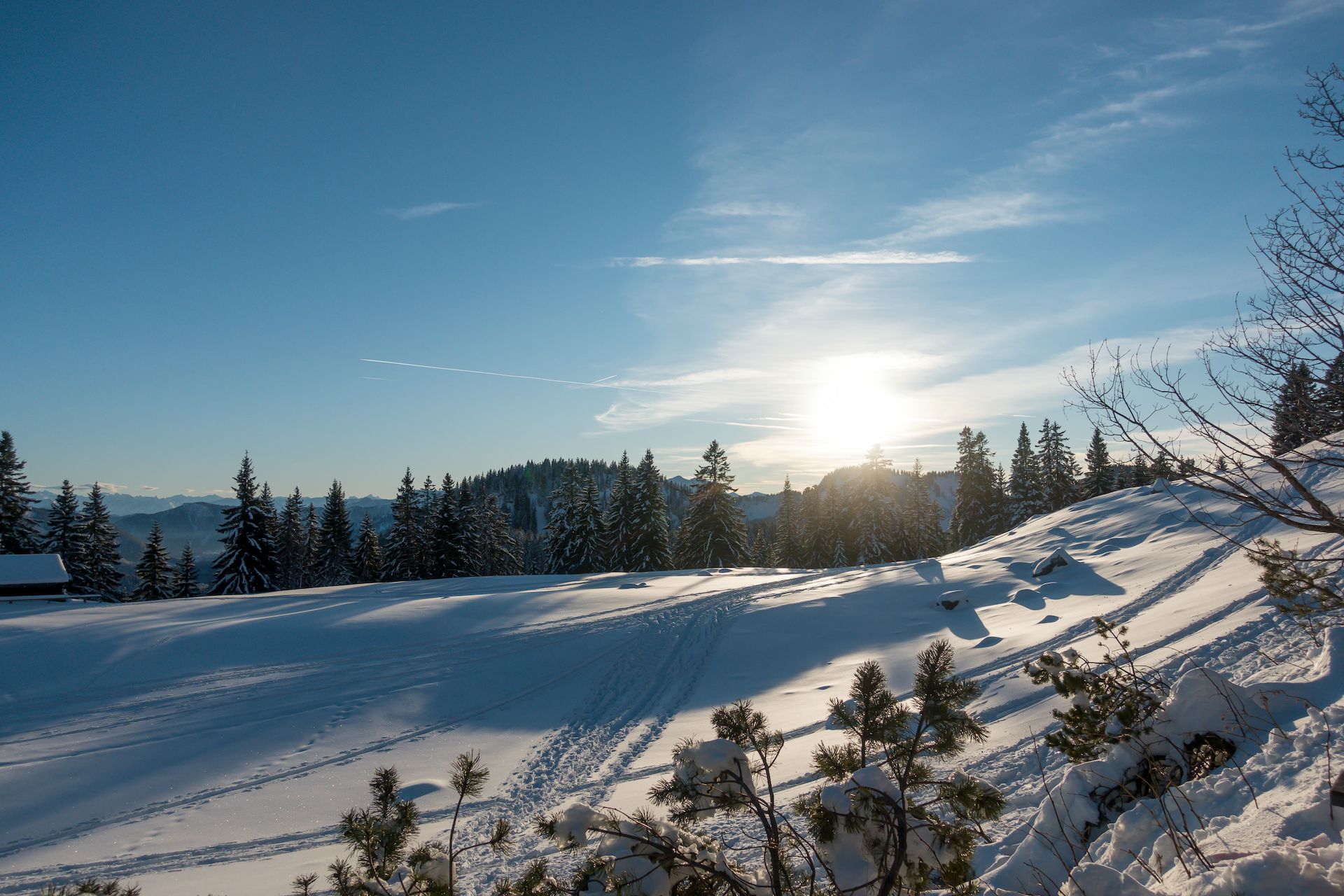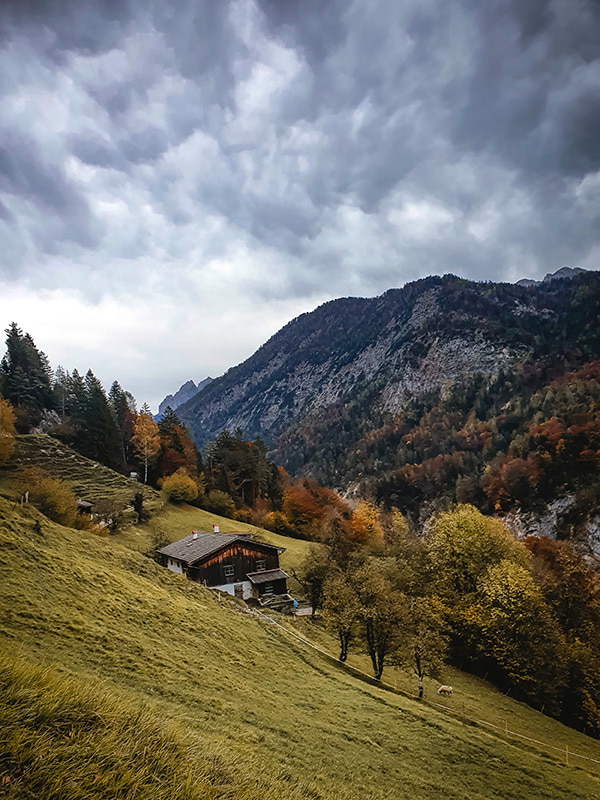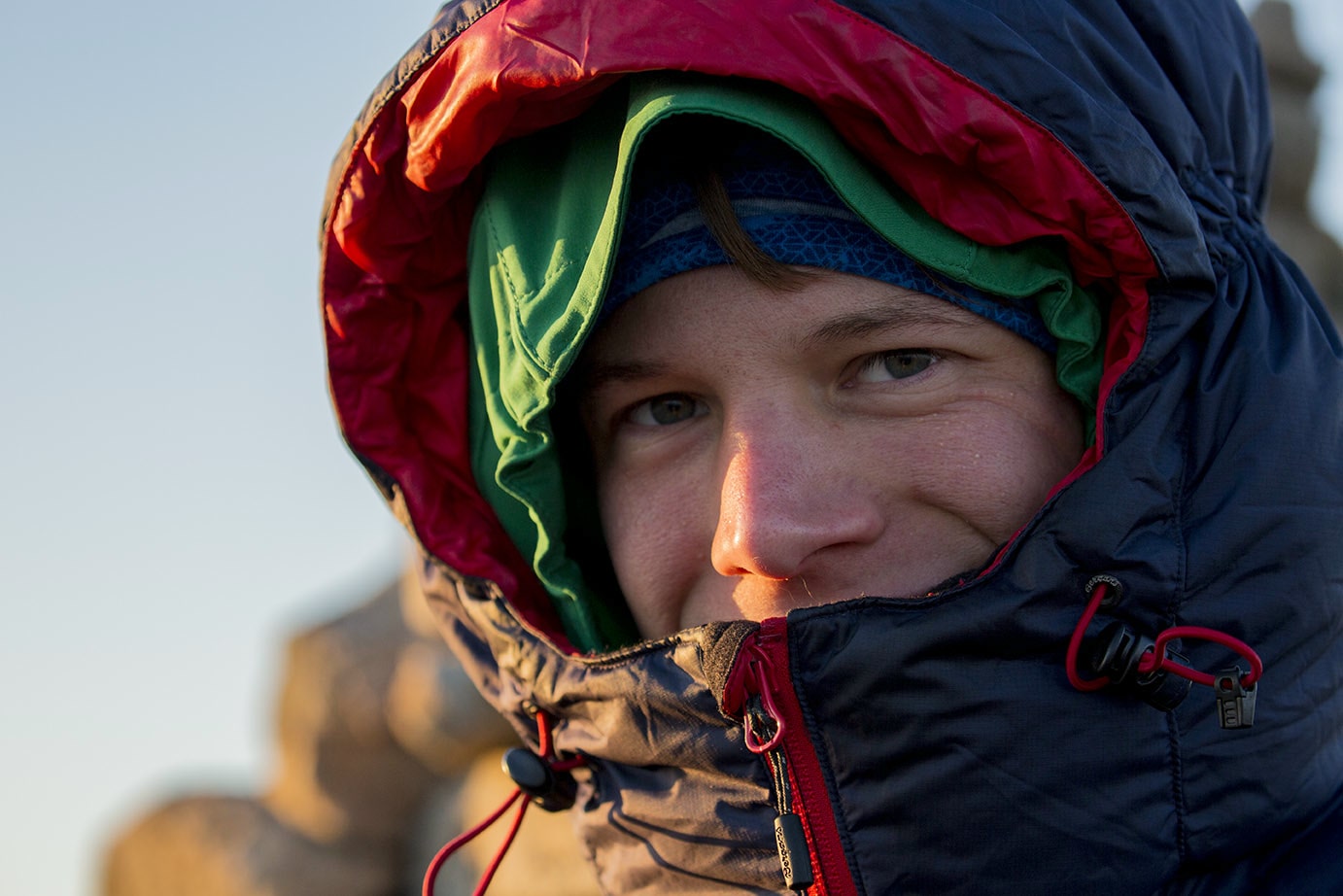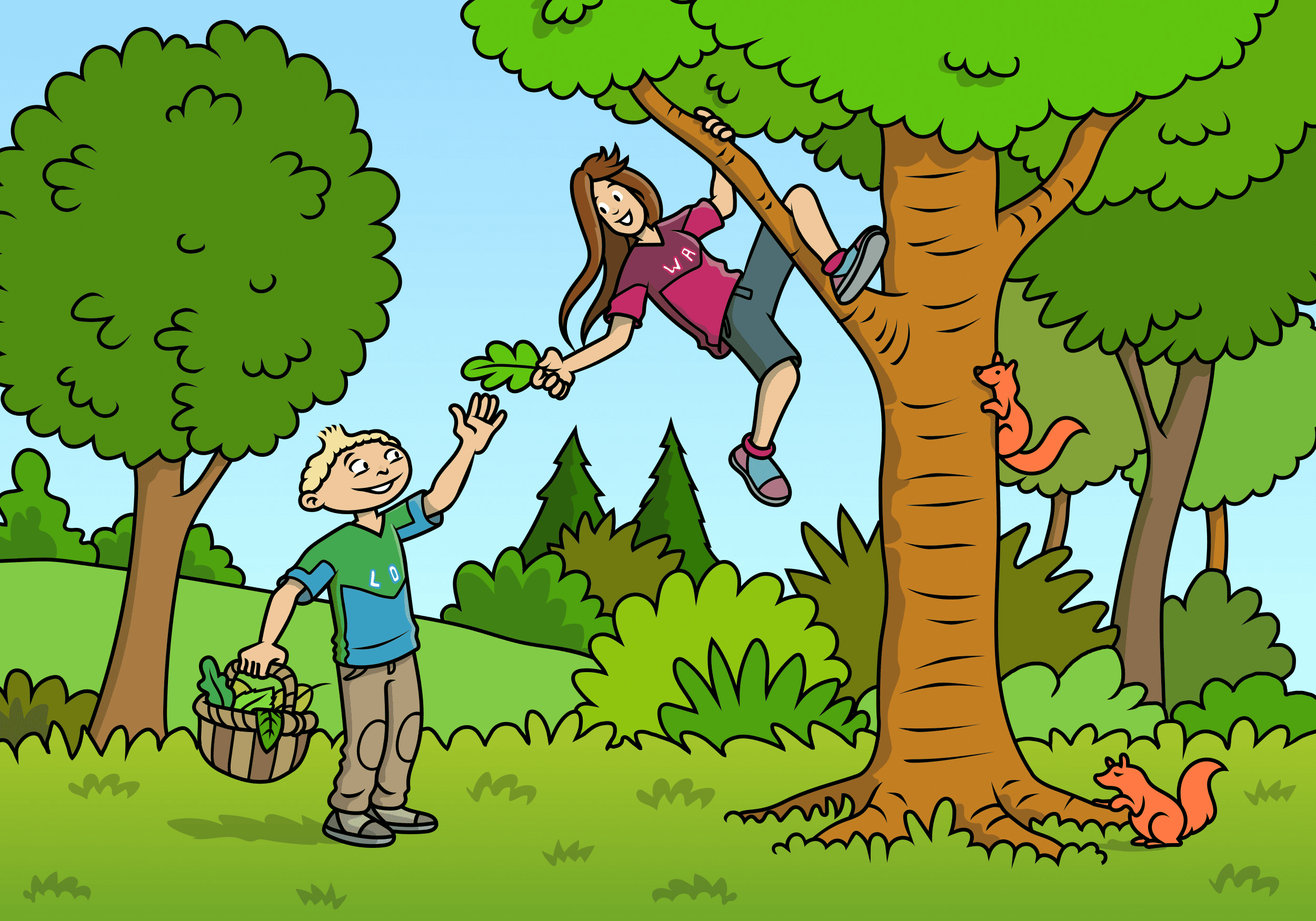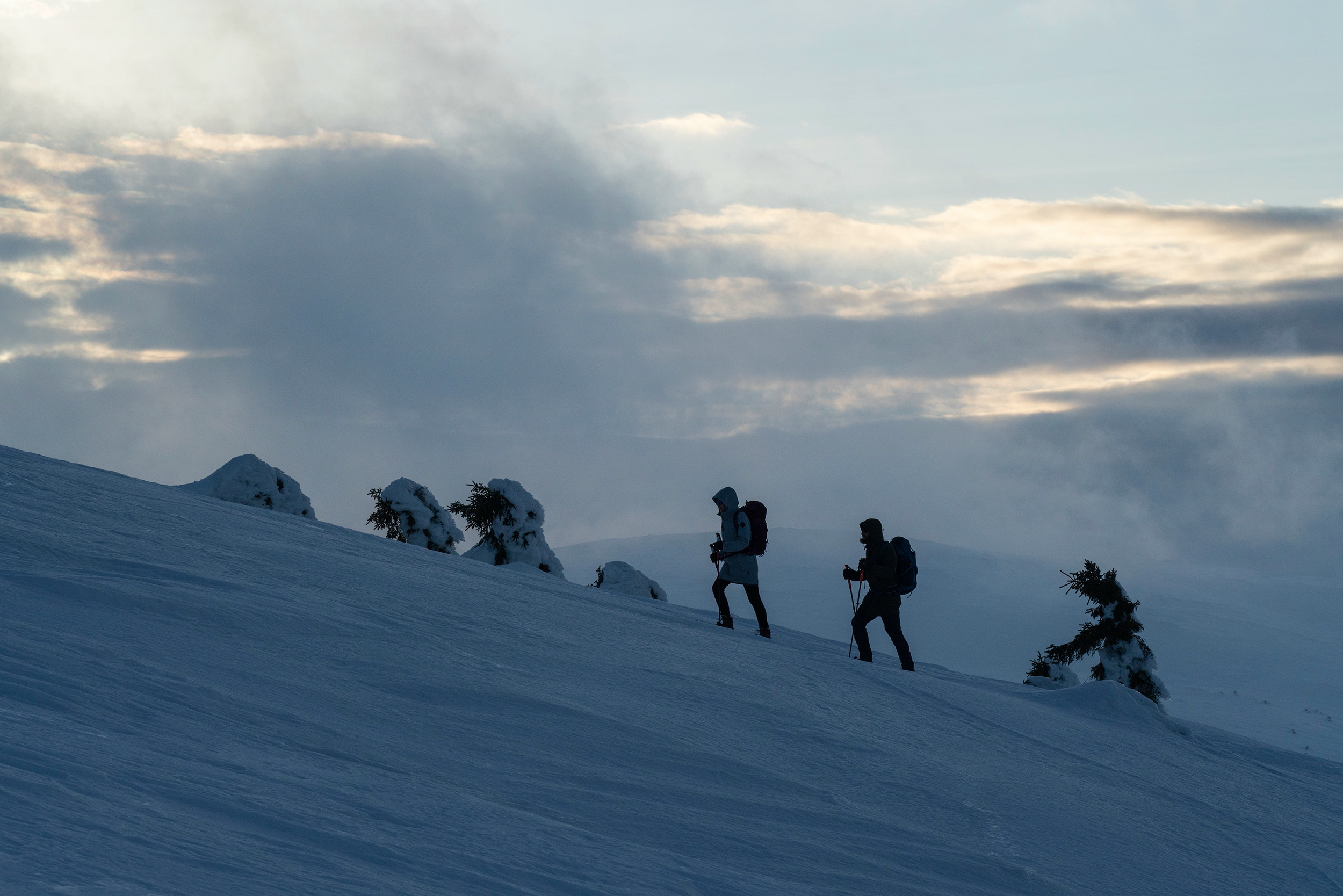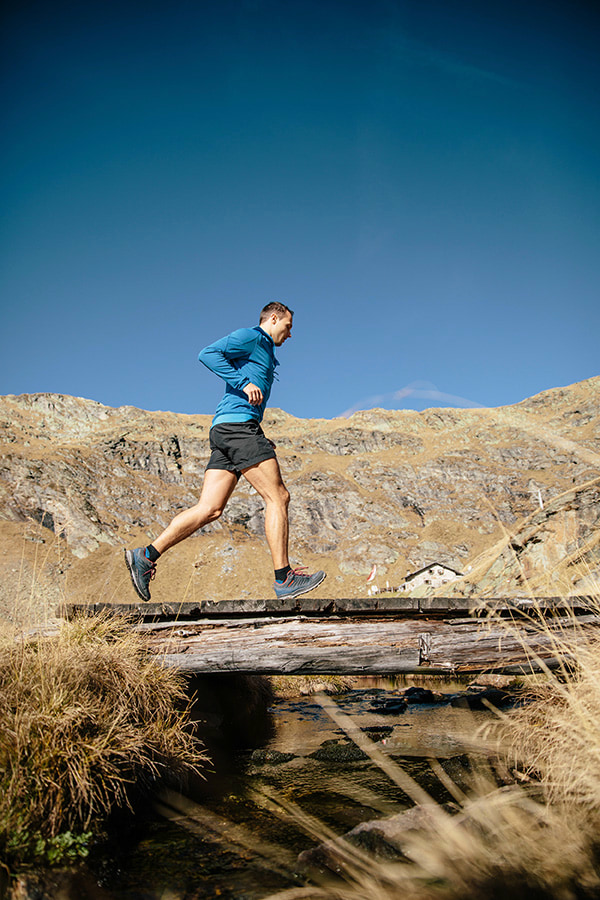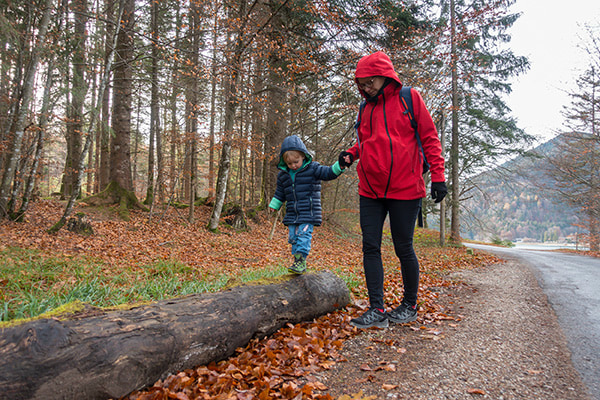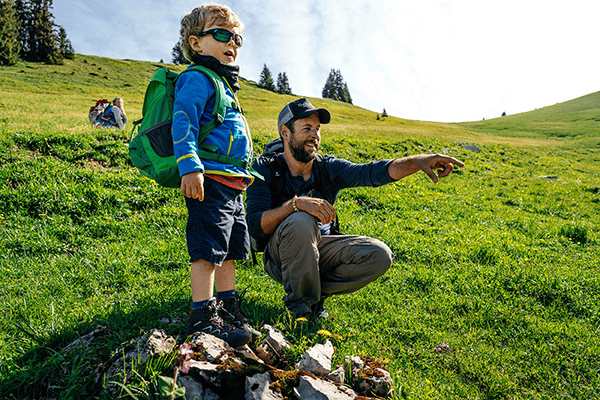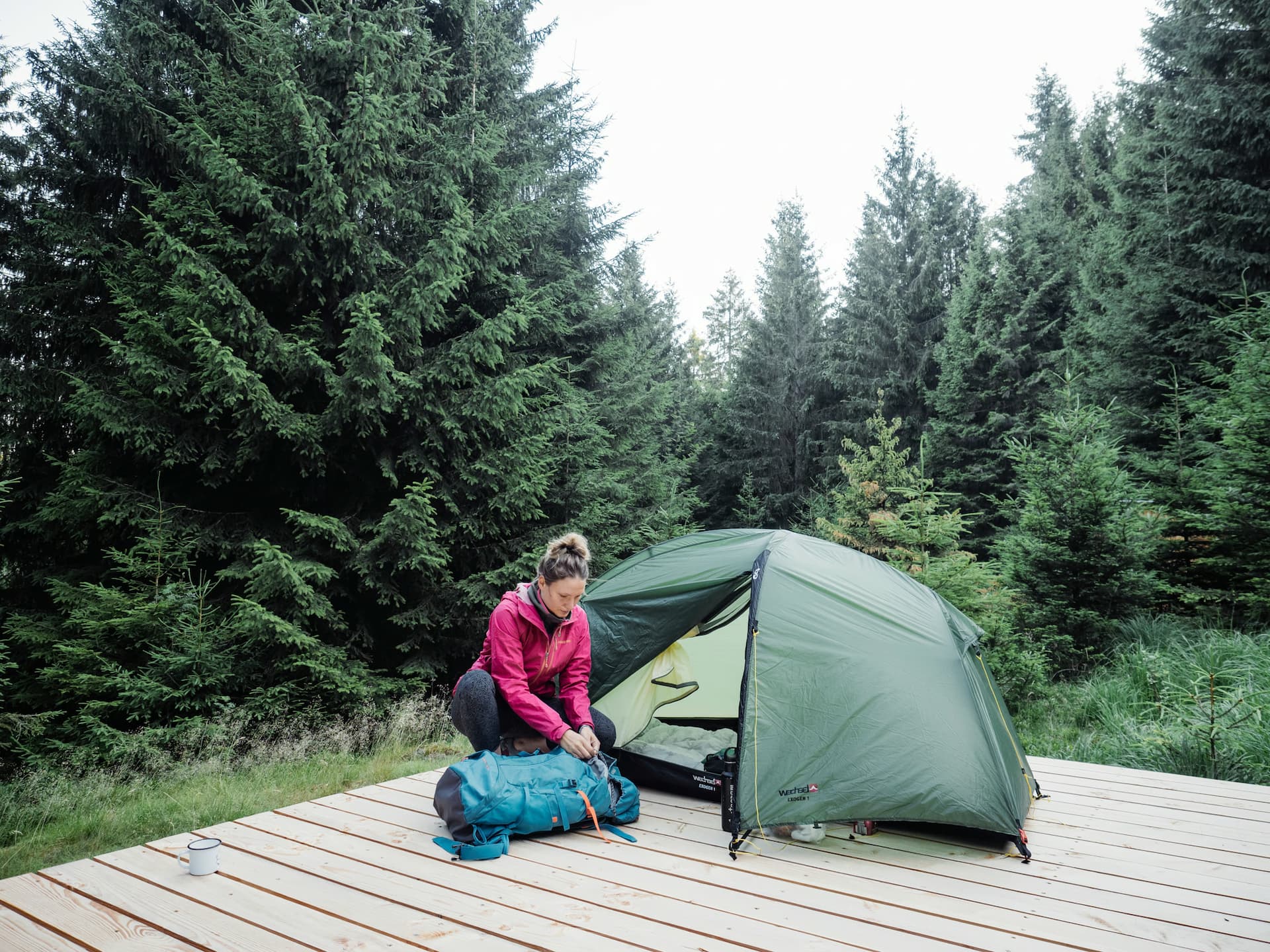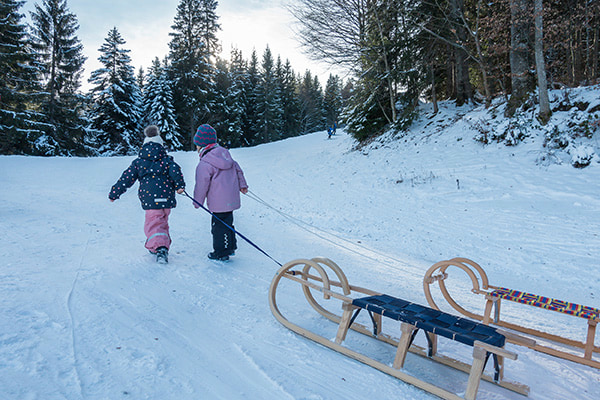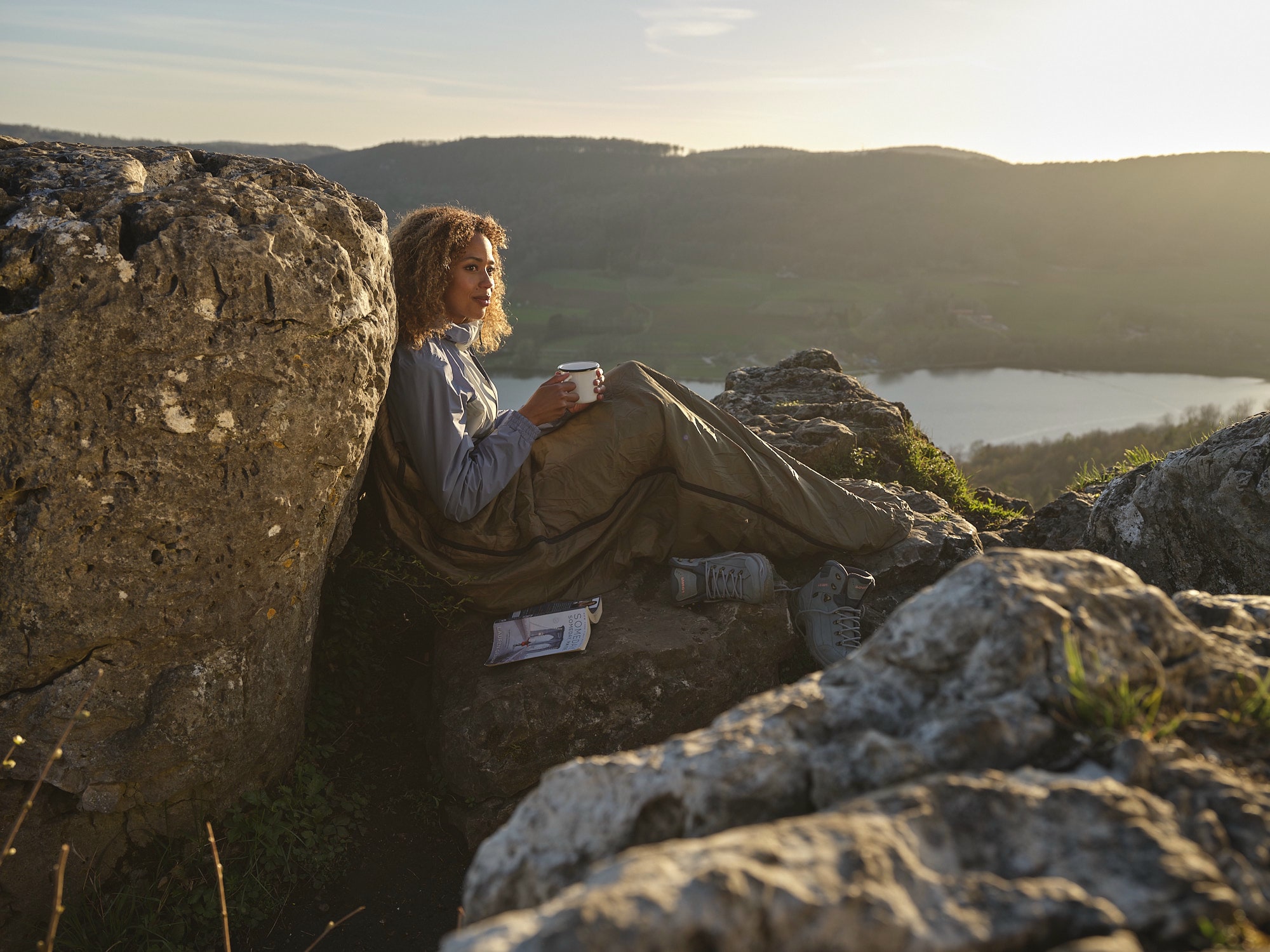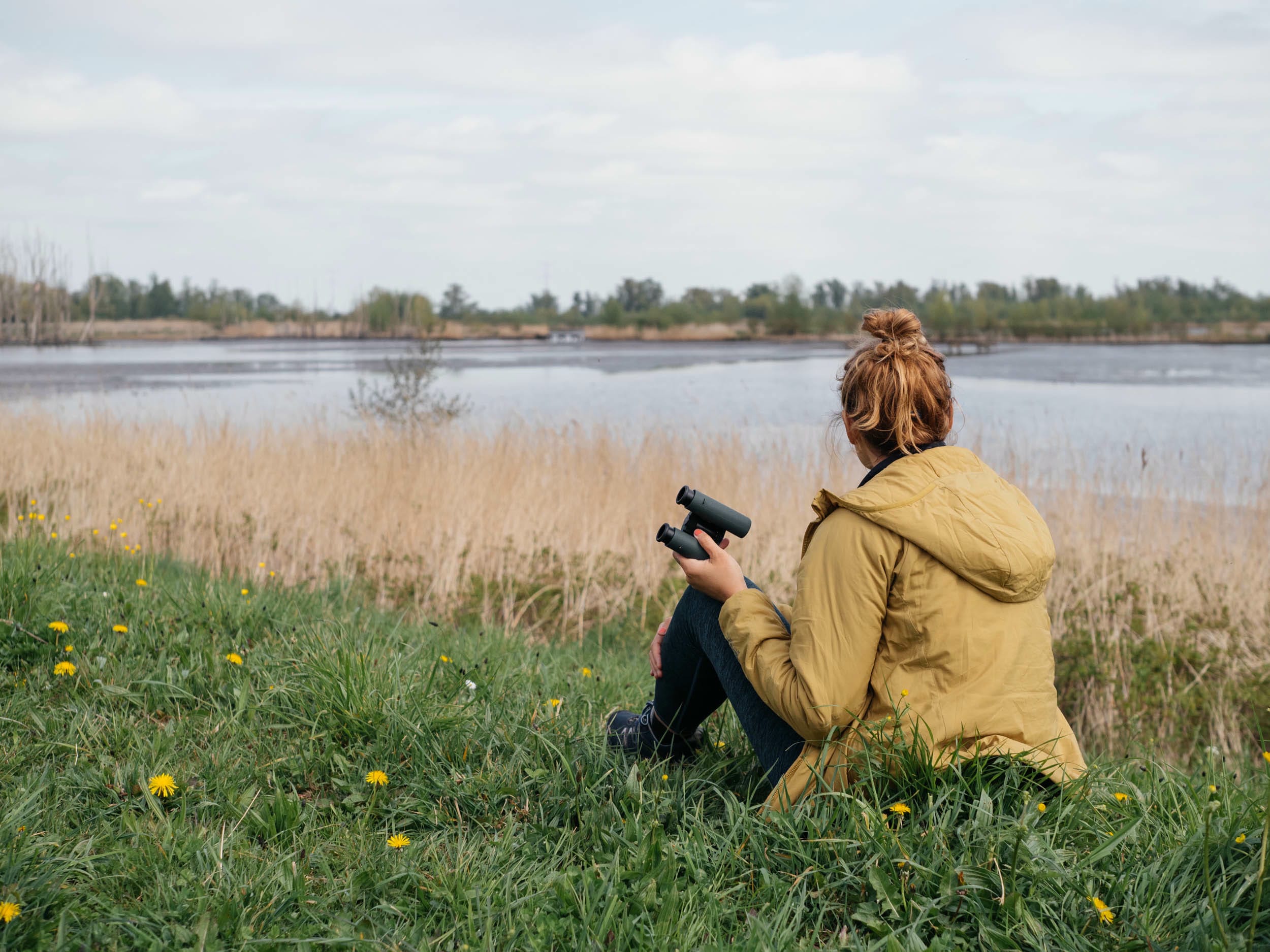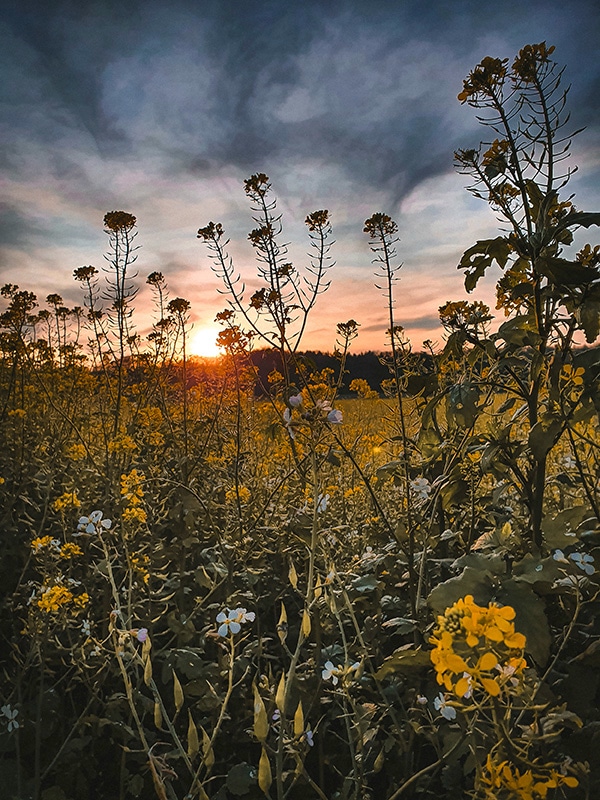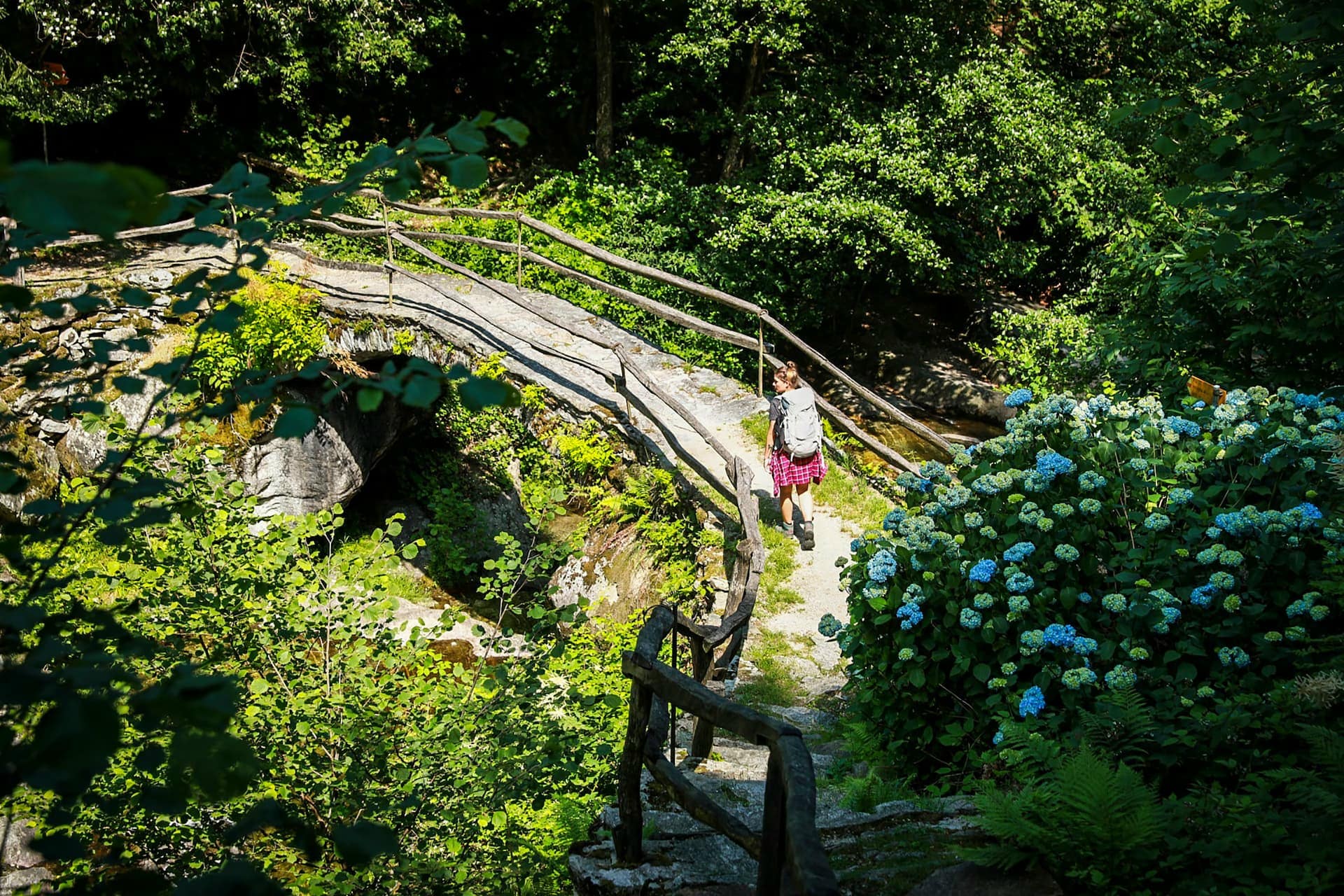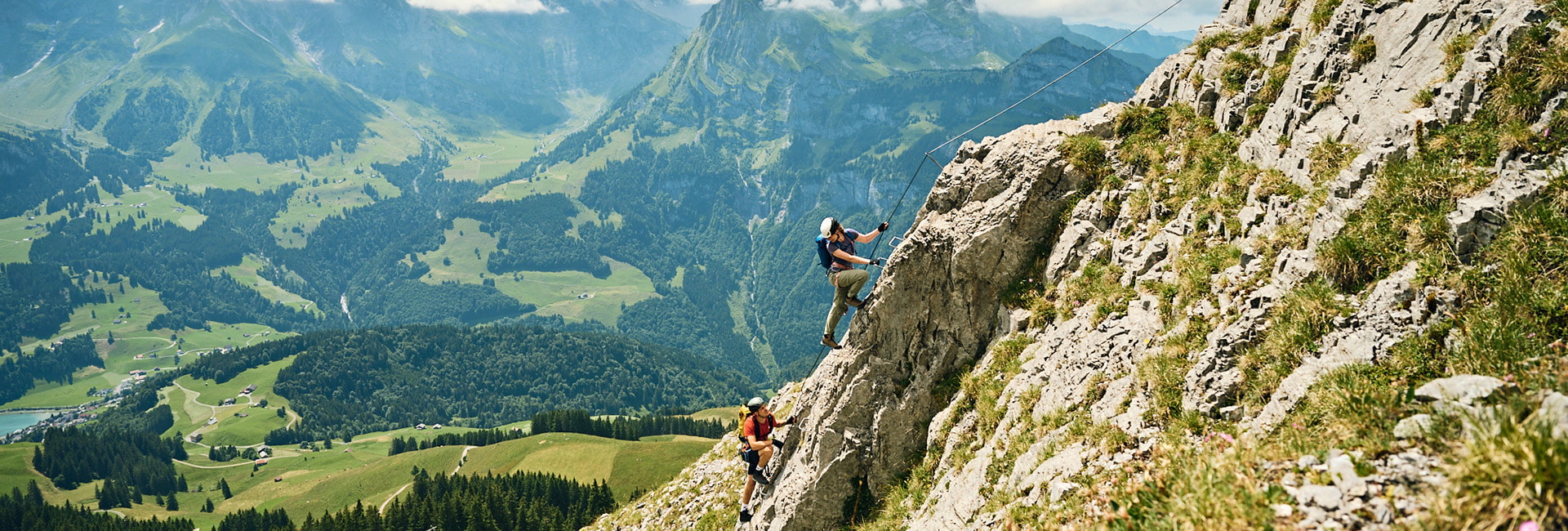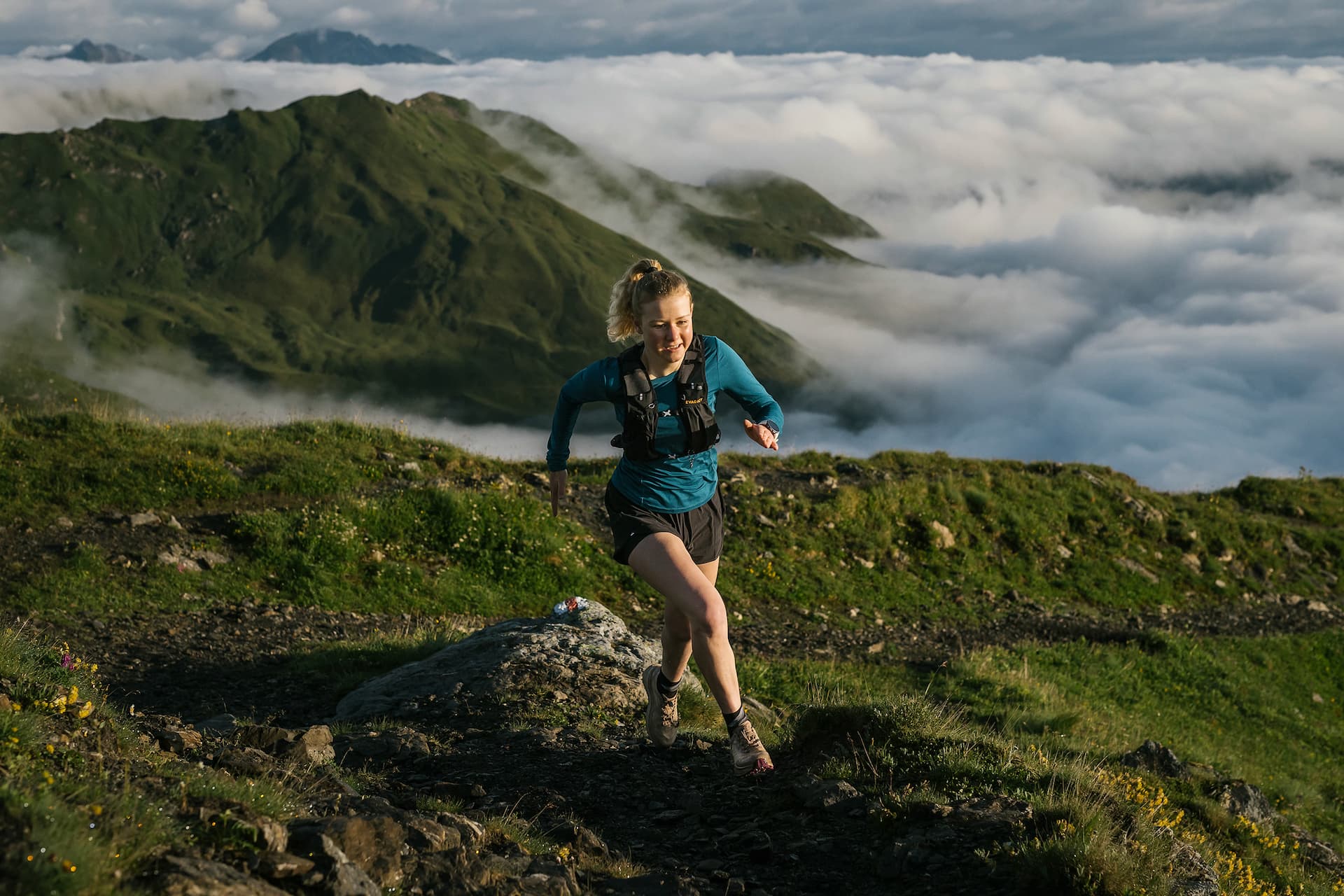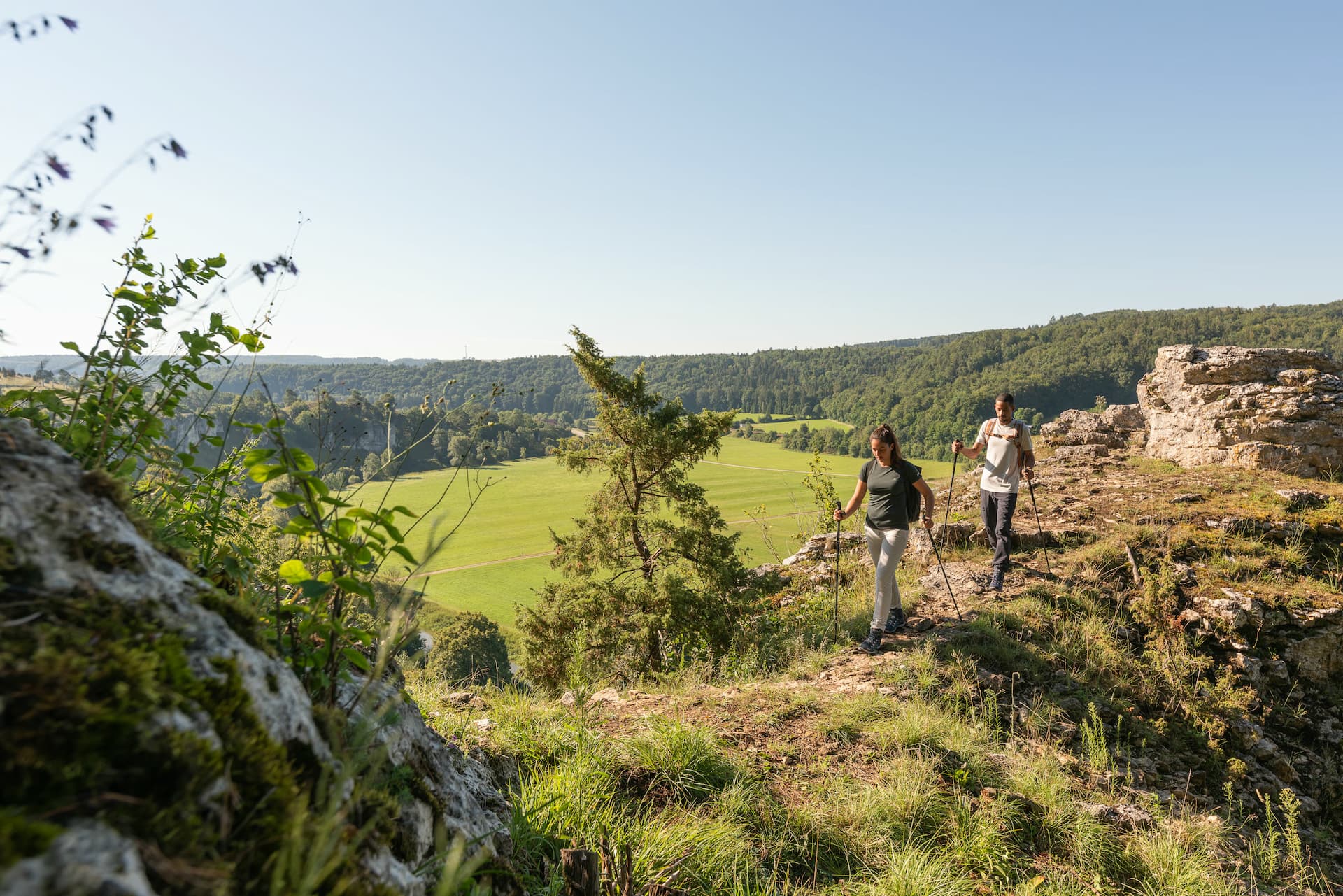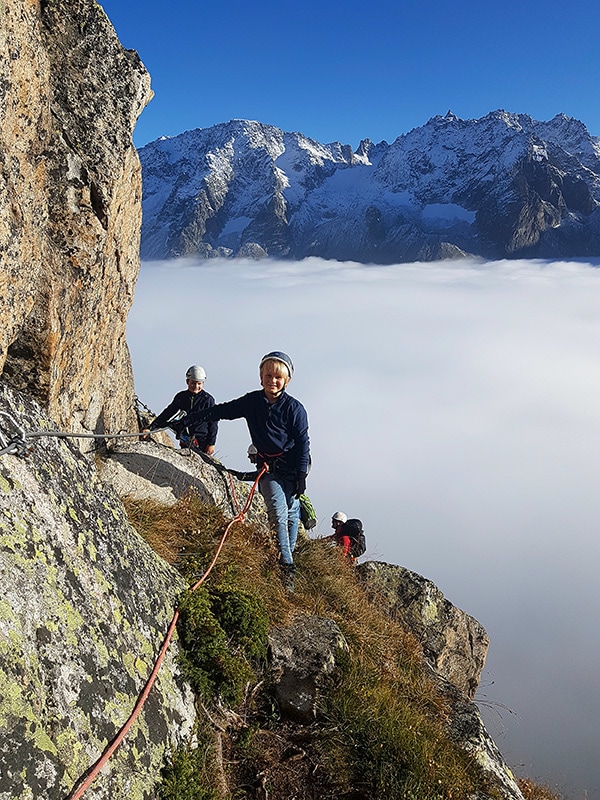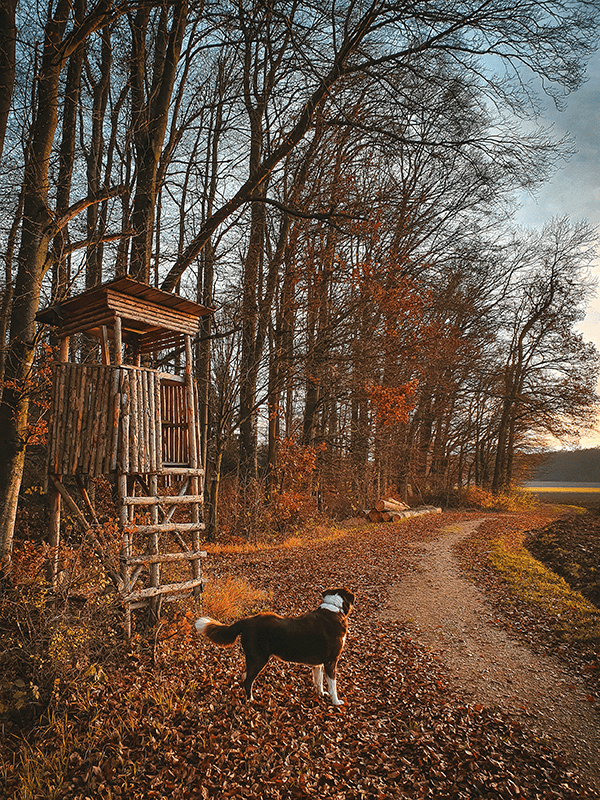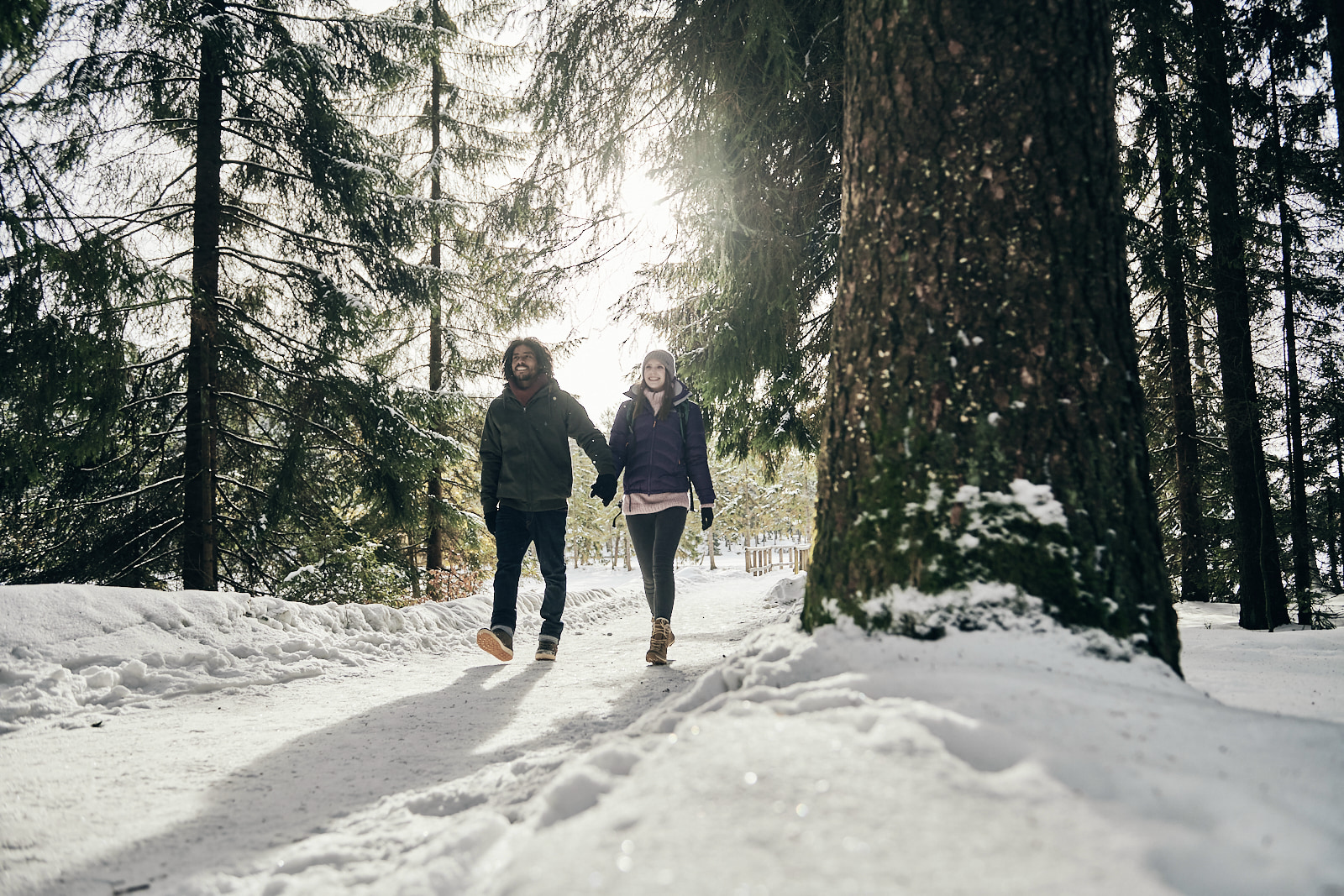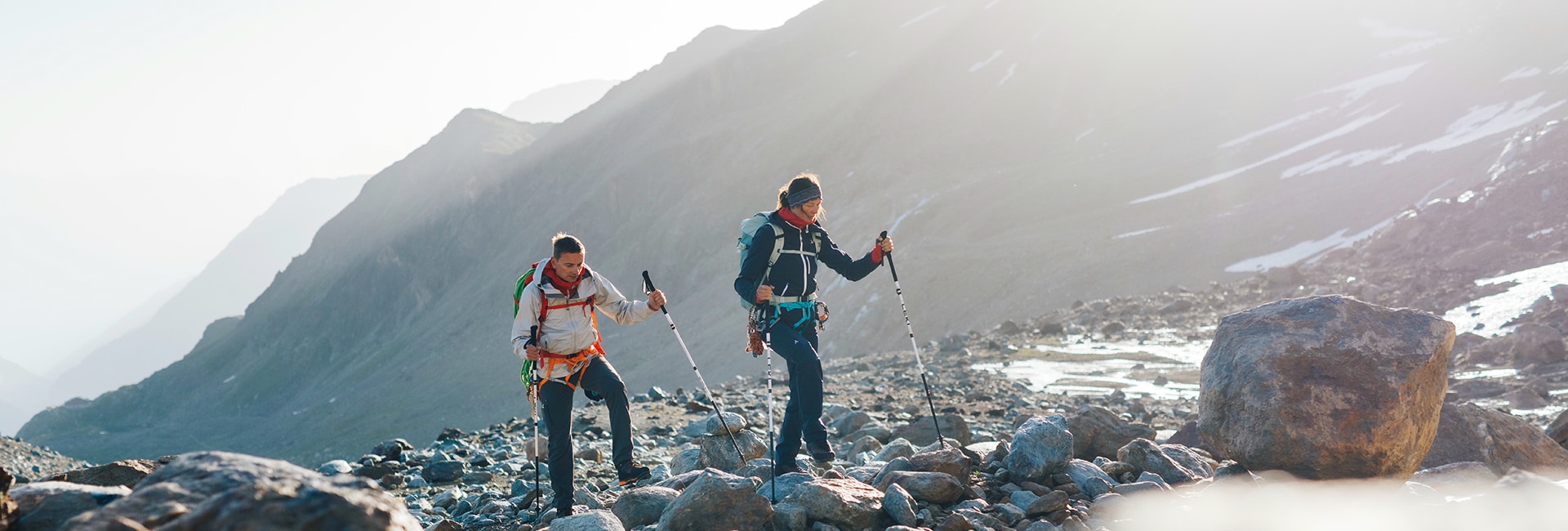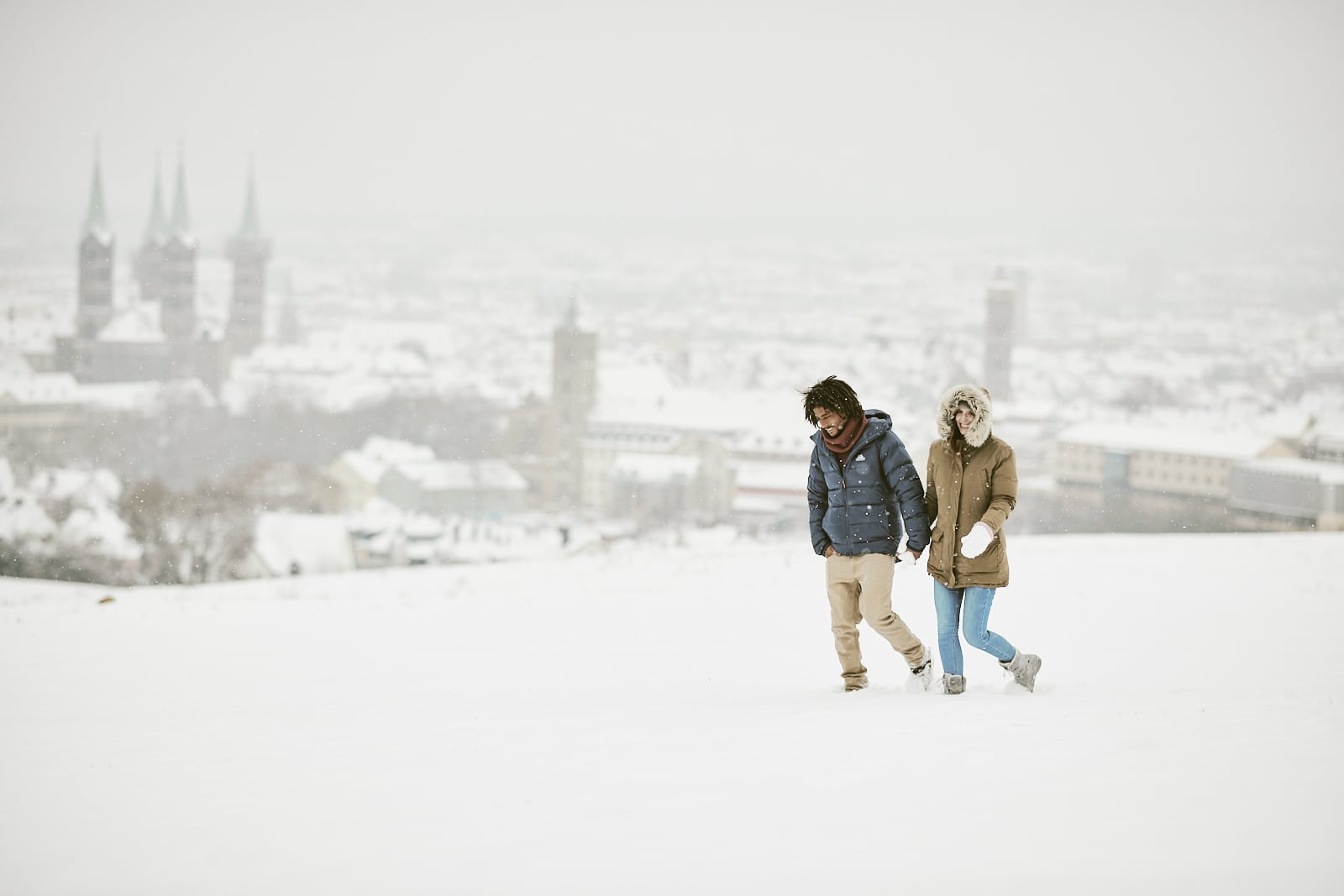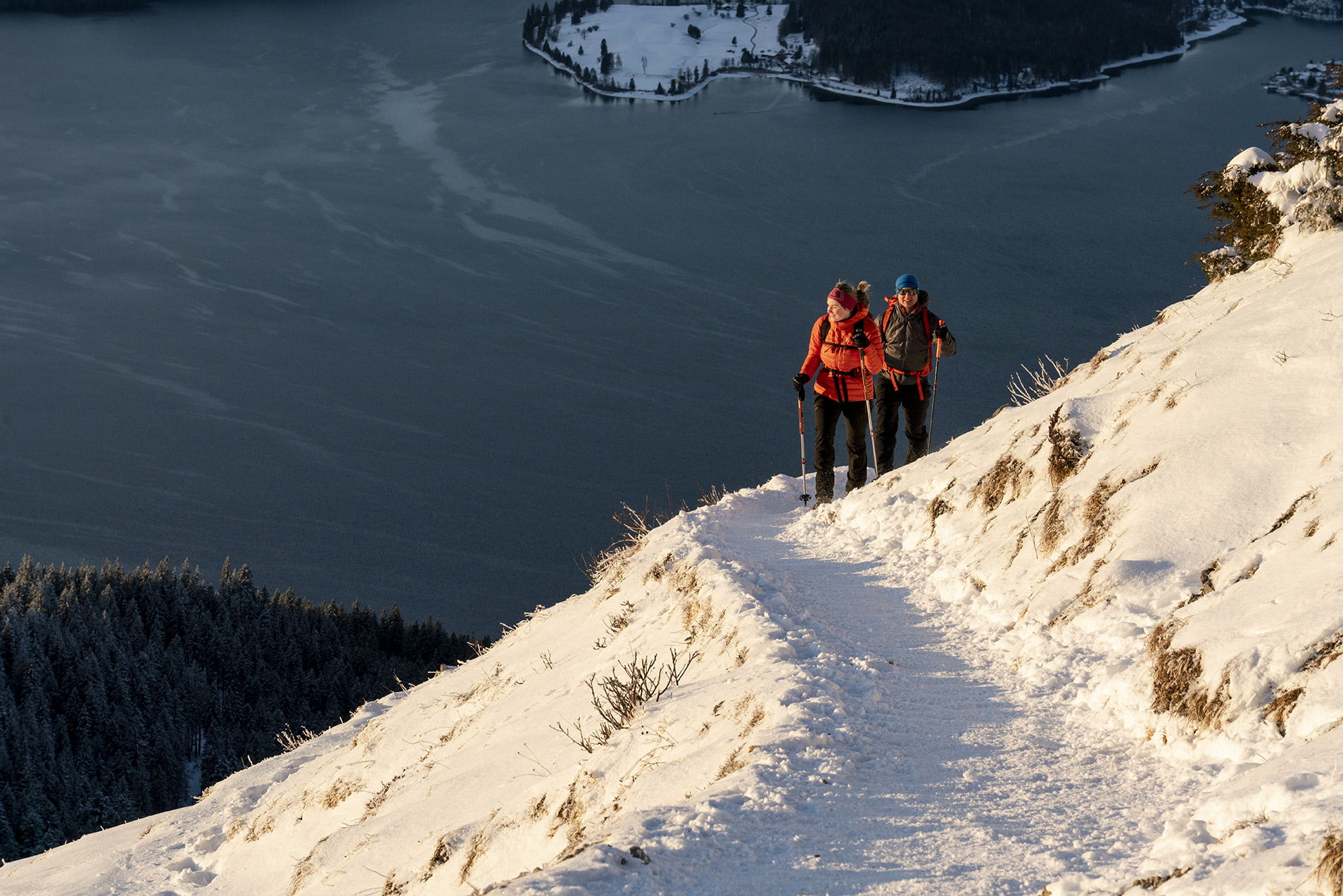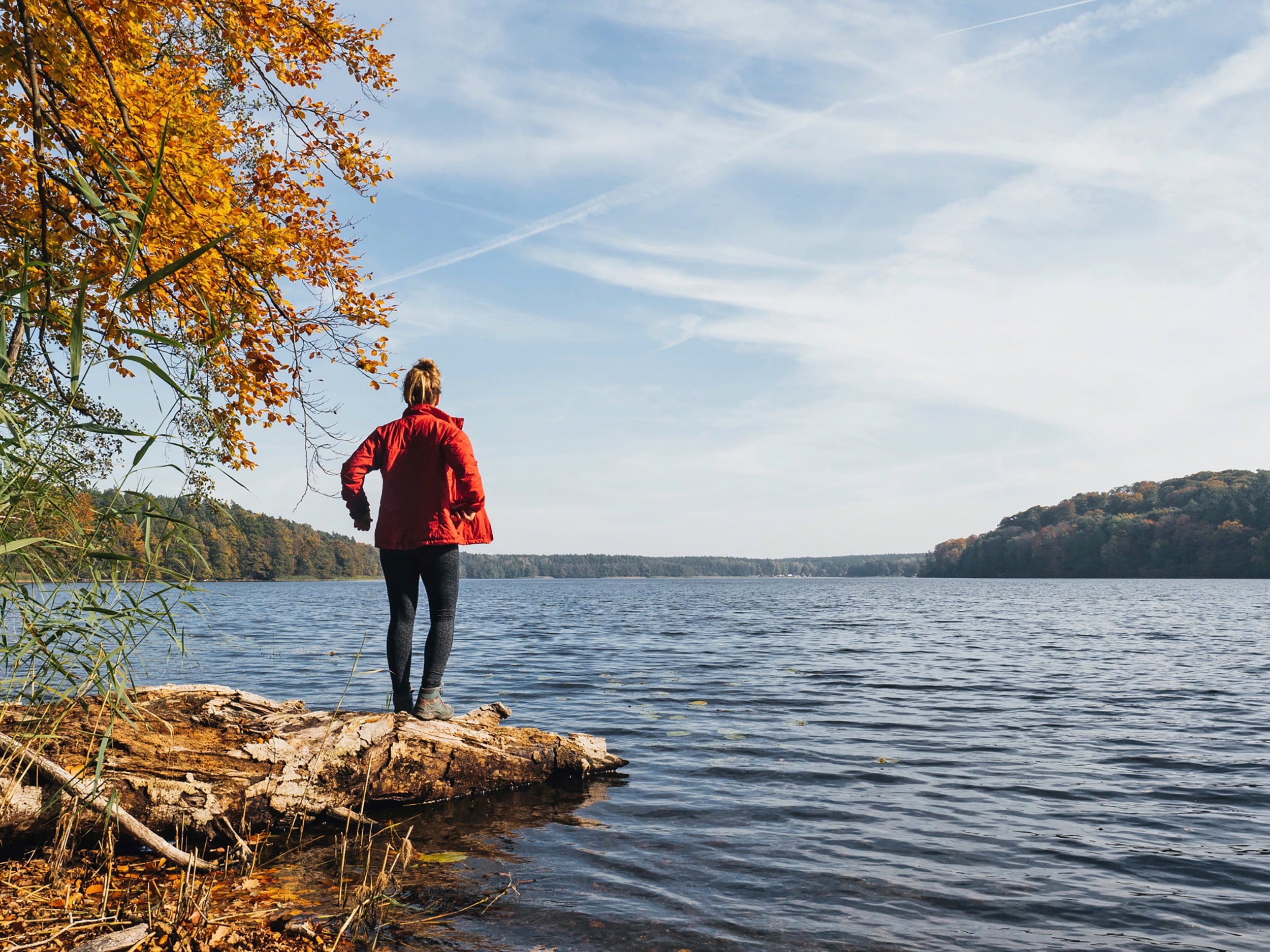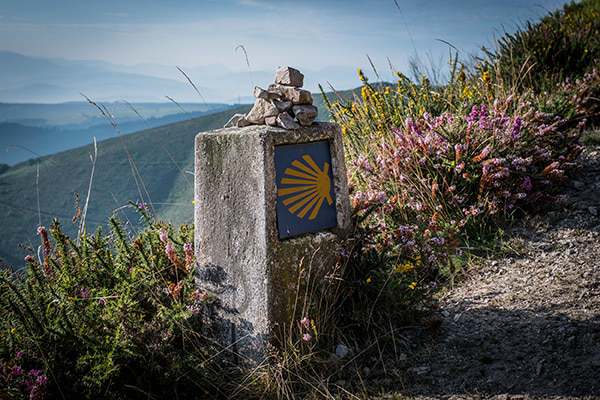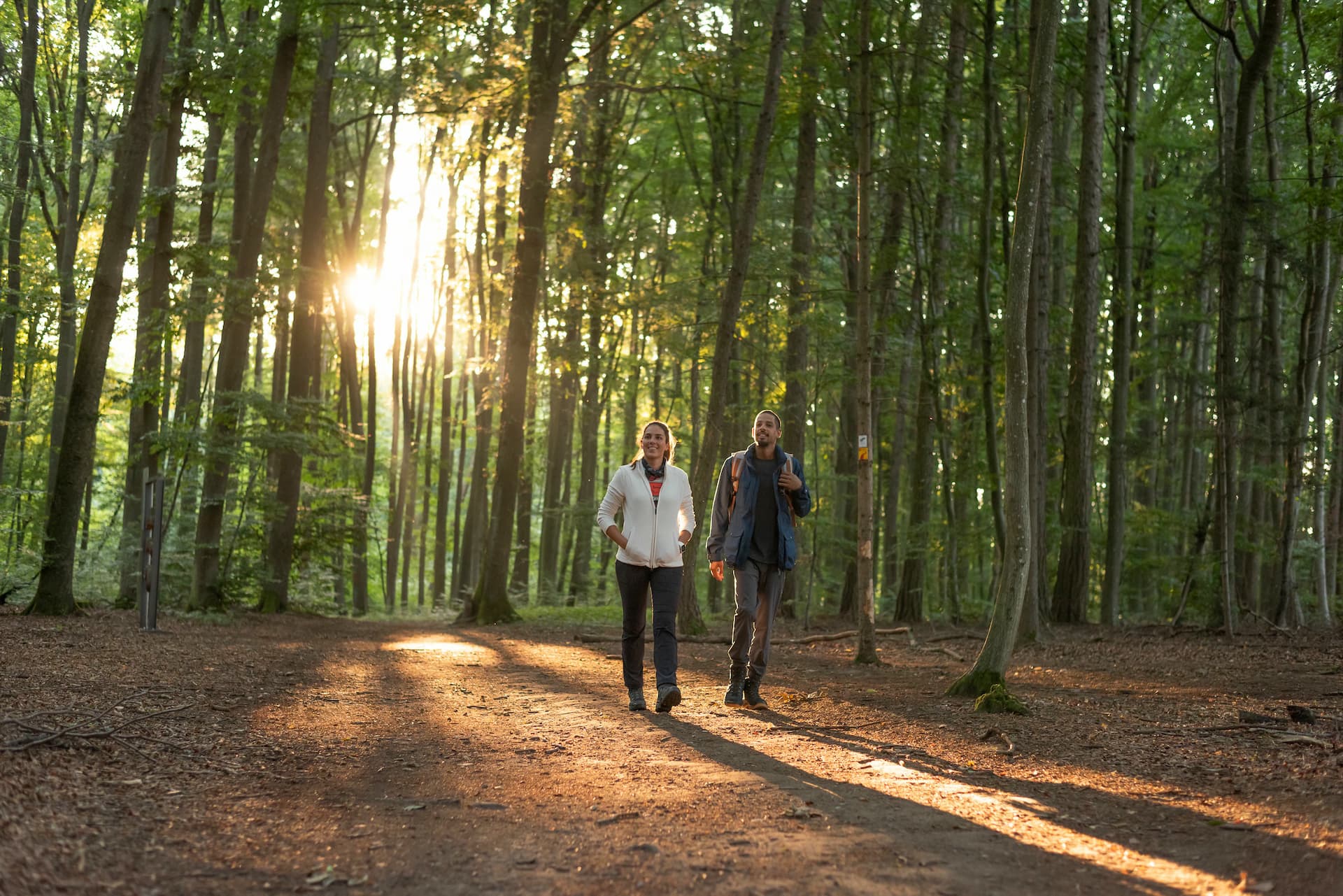What exactly is a microadventure?
Everyone is talking about microadventures. This refers to all the small and often spontaneous excursions that can be made alone, as a couple or with the whole family in everyday life and in your own neighbourhood outdoors in nature. There are no limits to the imagination here!
It is less important to plan a big tour or an excursion lasting several days, no, it is much more about experiencing your own personal adventure in your own neighbourhood, as simply, locally and inexpensively as possible. There are no rules or guidelines - just to leave everything as you found it, as simply as possible and of course under the condition #leavenotrace !
Microadventures are an excellent way to leave everyday life behind and experience adventure without travelling far, buying expensive equipment or spending weeks researching the destination. The idea behind these micro-adventures is rather the challenge of simply doing things, not thinking about them for too long and at the same time approaching the things we are so used to in a slightly different way.
Perhaps it is simply the fascination of being able to break out of everyday life with its well-worn patterns and routines in such a simple way, just like that, just out?
We don't know either and are simply thrilled. The reason is not important anyway.
Here you will find our most important tips and exciting ideas for your new micro-adventure. We hope you have lots of fun!
Would you like to know where you can experience the adventures or who they are suitable for? The icons above each tip will show you: whether it's in nature, in the city or a microadventure for the whole family - your next adventure is probably just around the corner!
WHAT DO I NEED FOR MY MICROADVENTURE?
Just get out, all well and good. But where and how do you start?
Well, as already mentioned, you don't actually need much to start your next adventure and you usually already have the essentials at home anyway.
However, if you're still a little bit without a plan and would like to have a small packing list, you can use these basics as a guide, which can of course vary depending on the adventure:
SUMMIT STORM ON YOUR DOORSTEP - CLIMB THE HIGHEST MOUNTAIN IN YOUR NEIGHBOURHOOD!
Where can I do that?
Nothing could be easier! - Just get out of the door and into nature. A map will show you exactly where you can find the highest mountain or the highest point in your area. If possible, it should be within a radius that you can easily manage in one day. For most people, the highest point will probably be a hill rather than a mountain, but isn't there something exciting about knowing the highest point in your area and having been there?
Once you reach the top, you'll be rewarded with a fantastic view!
What do I need for this?
Depending on where you live, the first thing you need is a map to find the highest point. For the little adventure itself, we recommend hiking shoes, outdoor clothing, enough to drink and, depending on the route, a snack.
How much time do I need to plan for this?
Here you need to make a clear distinction as to whether it is really a mountain or a hill and how far it is from your home. This can therefore vary from 30 minutes to a whole day.
DISCOVER NATURE - THE MOST BEAUTIFUL PLACES TO RELAX AND UNWIND
Where can I do that?
There are often great places to relax right on our doorstep. Many local recreation areas make it easy to enjoy being outdoors and go on a new discovery tour every time. You don't need much and still have the opportunity to rediscover your homeland. Just let the fresh wind blow around your nose or enjoy the warm rays of sunshine - the outdoors can be so beautiful!
What do I need for this?
You don't need much for a microadventure. You probably already have most of it at home anyway. Grab a pair of sturdy hiking boots, a rucksack with something to eat and drink and off you go - off you go on new adventures!
Please note: don't forget sun protection if the weather is fine.
How much time do I need to plan?
Basically, there are no time restrictions: whether you spend just five minutes on a bench by the side of the path listening to the birdsong or a whole day by the lake - you decide how much time you want to take to enjoy nature to the full and leave everyday life behind you.
BIKE TOUR
Where can I do this?
In principle, you can do this micro-adventure just about anywhere. However, we recommend that you use existing cycle paths, which simply makes the adventure more relaxed and less dangerous.
What do I need for this?
Just grab your bike, a helmet, something to drink and, depending on the length and destination of the tour, a little something to eat - then you're ready to go. A map is optional for a little planning in advance.
How much time do I need to plan for this?
Here too, of course, it depends on how far and how long you want to cycle. Take a look at a map of your home area and think about where you want to go. If you're unsure of the number of kilometres, simply place a glass over your home and draw a pencil around the edge of the glass - that's your route. Drive once in a circle or the distance to the circle line and back. Although you are in your familiar surroundings, you will look at them from a different perspective and see highlights that you would otherwise have missed.
Extra tip: The wayfinding method also works when hiking, of course. Depending on the size of the glass, you can extend the radius here.
24 HOURS IN THE FOREST - DOWNSHIFTING FOR PROFESSIONALS.
Where can I do this?
This microadventure can basically be done anywhere. But beware: wild camping away from campsites is not permitted in Germany. Details are regulated by the nature conservation and forestry laws of the respective federal state. However, so-called trekking sites offer a good alternative for a night under the stars. It's worth doing a little research beforehand!
What do I need for this?
It all depends on what you have planned. If you really want to spend the full 24 hours in the forest, be sure to take a look at our packing recommendations in the checklist below.
How much time do I need to plan for this?
As the name suggests: 24 hours. You might want to allow a little extra time for the journey to the forest and back home. If you have a little less time, you can also shorten the little adventure and spend just one night or the whole day in the forest, for example.
RIVER HIKING - ALSO SUITABLE FOR NON-SWIMMERS
Where can I do that?
When it comes to hiking, many people only think of mountains and forests. But sometimes a river also sets the tone. Your little adventure is therefore possible on any river or stream. The closer the riverbed is to your starting point, the better.
What do I need for this?
Hiking boots or sturdy hiking sandals are also the right choice for your river hike. Take a small rucksack with some provisions, enough to drink, a small first-aid kit and sun protection - then you should be well prepared.
How much time do I need to plan?
A river hike is generally suitable all year round, but especially in the warmer months. If you get too hot on the normal paths, you can simply take a dip in the cool water to refresh yourself.
Depending on the route and level of difficulty, you can plan around 3-6 hours, although you can always turn round and shorten your route.
HERBAL WALK
Where can I do this?
You can do your herb walk in fields and meadows as well as in the forest. You can find all kinds of different and edible herbs here. It's not about finding 50 different herbs, just 3-5 herbs are enough. And even if you don't know anything about wild herbs, there are a few that everyone recognises, e.g. daisies, nettles and herbs: Daisies, nettles and dandelions.
What do I need for this?
For this little adventure, we recommend sturdy shoes, a bag or basket to collect the herbs and a small pocket knife. If you also want to collect herbs that you are not yet familiar with, you should definitely have a small herb book to hand!
How much time do I need to plan for this?
Depending on the size of the area you want to search, you should allow around 1.5-3 hours. If you want to eat the herbs straight afterwards, you'll need to add another hour or so for the preparation and eating time.
THE CLEAN-UP HIKE
Where can I do that?
There are no limits to the "where?" here. Everywhere, whether you're walking along the road, on a country lane or in the woods, hiking in the mountains, walking the dog or playing with the children in the playground; unfortunately, to our great regret, rubbish lying around in nature can be found everywhere. So just go for it and the rest will take care of itself.
What do I need for this?
In any case, you should wear comfortable shoes and clothing that are appropriate for the hike or walk. You will also need a rubbish bag or sack and a pair of gloves.
How much time do I need to plan for this?
That depends entirely on the hike or route you have planned. As the clean-up hike can always be combined with your normal hike or short walk, you don't even need any extra time for it. Of course, you can also make extra time for it - nature will thank you for it.
Knowledge to show off
If you combine the whole thing with a round of jogging, this is also known as Plogging a trend sport from Sweden in which you collect rubbish while jogging.
THE AFTER-WORK ADVENTURE
Where can I do this?
You can actually go on this little adventure wherever you are travelling by public transport or with your carpool. Simply get off one or more stops later or even earlier, get dropped off a little further away from your home or simply go for a walk around the block before going inside.
What do I need for this?
All you really need are sturdy, comfortable and weatherproof shoes. Depending on the weather, it is of course advisable to wear rainproof clothing or take an umbrella with you.
How much time do I need to plan for this?
That depends entirely on where you get off and which route you want to take for the way home. It's best to find out in advance how far it is to your home and how much time you want to take. This way you can decide whether you want to get off one stop, 3-4 stops earlier or later, or perhaps walk the whole way home.
Extra tip: After-Work is not for you because you still want to do a lot with friends or are sitting at work a little longer? - Of course, the whole thing also works as a pre-work adventure for early risers, both alone and with colleagues who live nearby.
NATURE DIARY
Where can I do that?
Simply anywhere! - Be it in your garden at home, in a city park, the nearest forest or directly in the mountains or by the sea, you will see numerous birds and insects everywhere and be able to expand your diary collection.
What do I need for this?
A small notebook, a pen and sometimes perhaps a little help to find out which bird or insect you are looking at.
How much time do I need to plan for this?
To be able to fill your book here, it is not enough to take time just once to observe all the animals in the forest, for example. Just take an hour or so regularly or every now and then and let the sounds around you take effect. You will notice that you discover and recognise more animals each time.
Is that too planned and time-consuming for you? - Then take a look at which animals you can see and hear in your everyday life!
NIGHT HIKING
Where can I do this?
The microadventure night walk can basically be done anywhere. However, if you want to see the stars, you need to get out of the city or try your luck in the large city park. Whether alone, with friends or the whole family, absolutely everyone will get their money's worth here and can enjoy the adventure.
What do I need for this?
Pack a torch or a couple of flares and head out into nature at night. Maybe you're lucky and there's a full moon - then you can usually do it without additional light.
How much time do I need to plan for this?
You can set off as soon as it starts to get dark. Depending on the planned route, you should allow around 1-3 hours. Of course, all (extreme) early risers can also set off at night and then enjoy the sunset on the next hill.
STREET CRUISER
Where can I do this?
Here's a micro-adventure that really couldn't start any closer to home. Just go out and explore your neighbourhood. You'll be surprised what your city has to offer that you haven't seen before.
What do I need for this?
To prevent blisters and wet feet, we recommend comfortable shoes that don't pinch and keep your feet dry even in bad weather and after many kilometres. You should also wear comfortable clothing that is appropriate for the temperature.
If you want to keep an overview, you should make a list of all the roads in advance or always have a map to hand,
How much time do I need to plan for this?
Difficult question: That depends on where you live, of course. Do you live in a big city or in a small village in the countryside? - The number of streets is very different here, but anything is possible! Just go for a run and you don't have to walk all the streets at once.
Extra tip: Road cruisers, an adventure that can of course also be modified and varied. How about hiking all the lakes, castles or forests in your area, for example?
